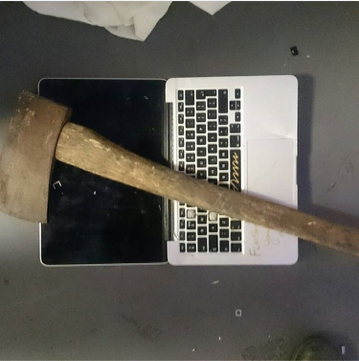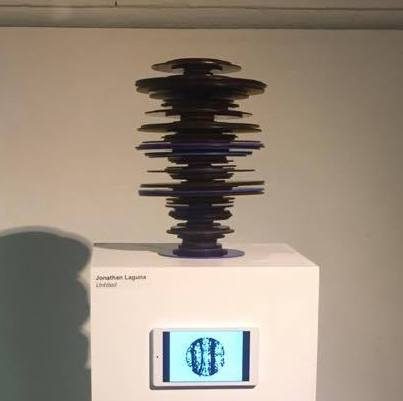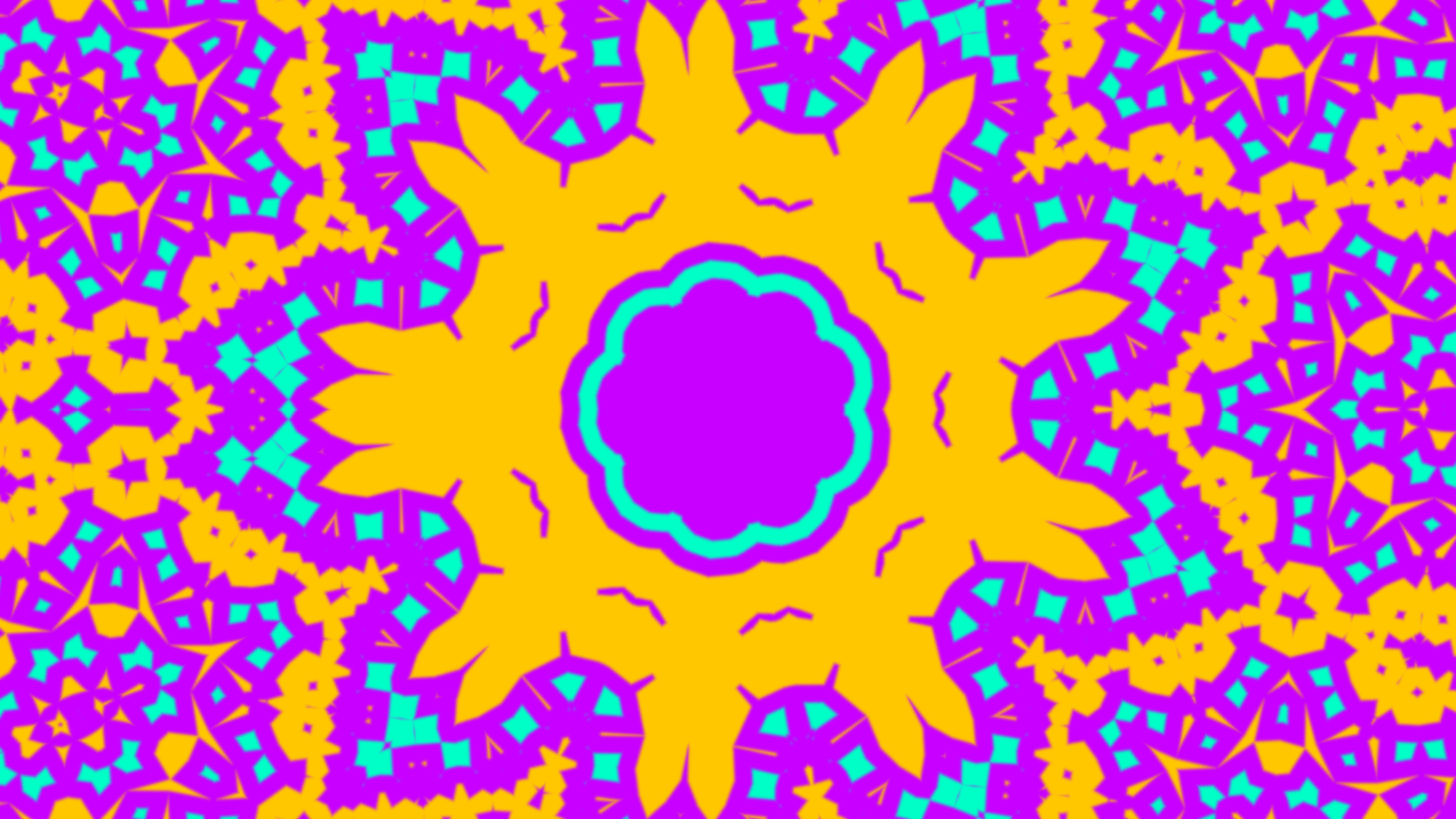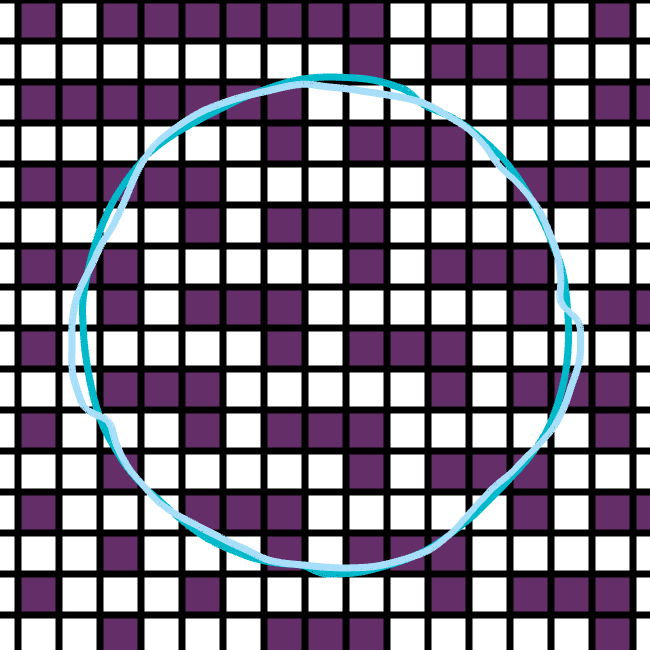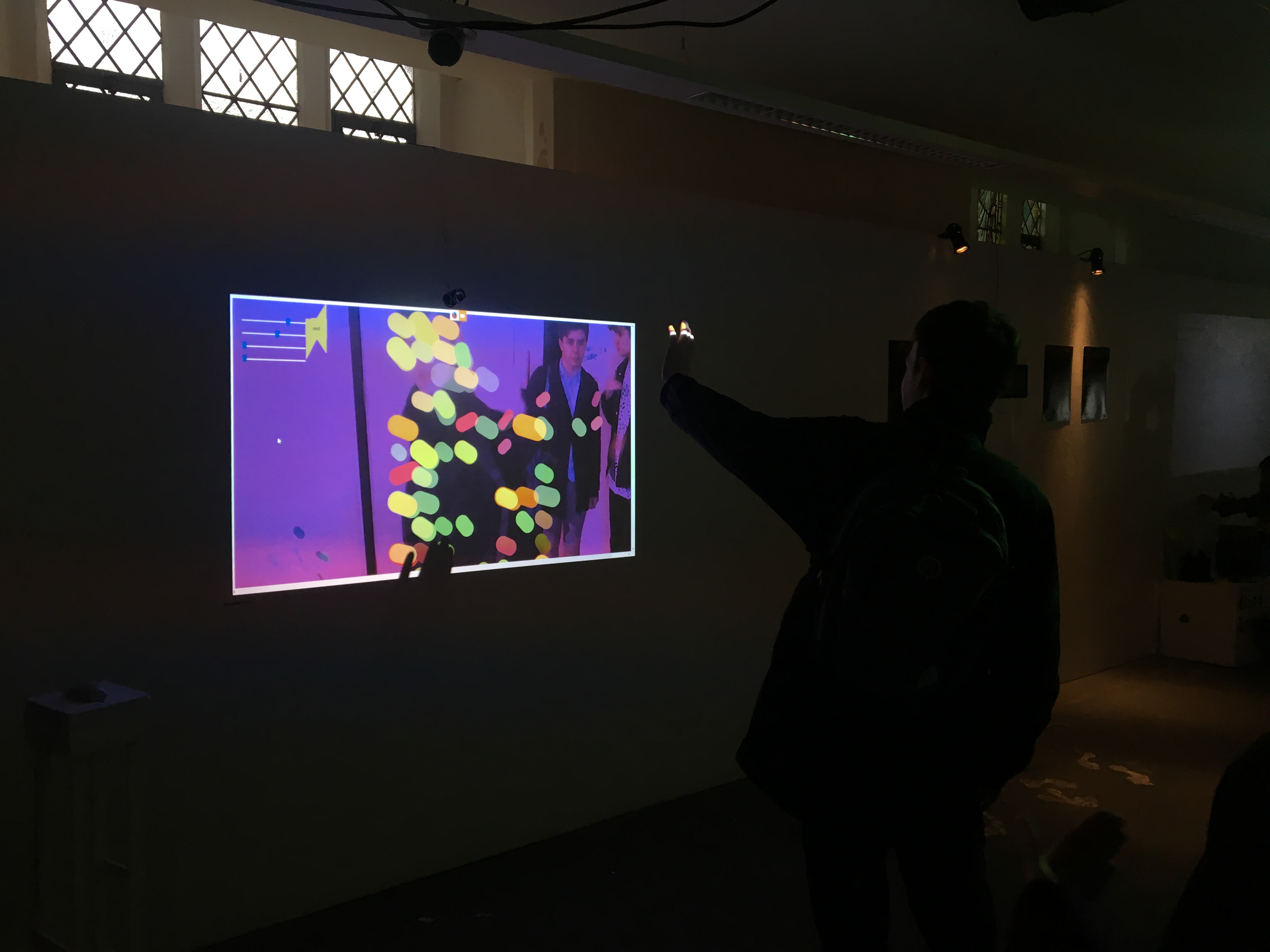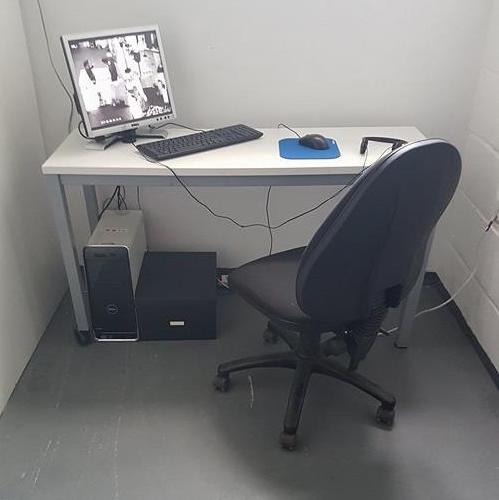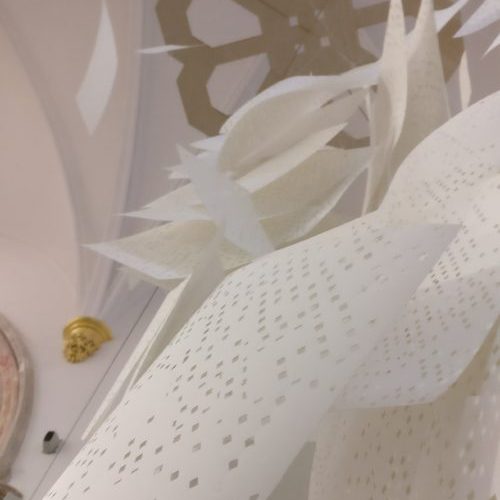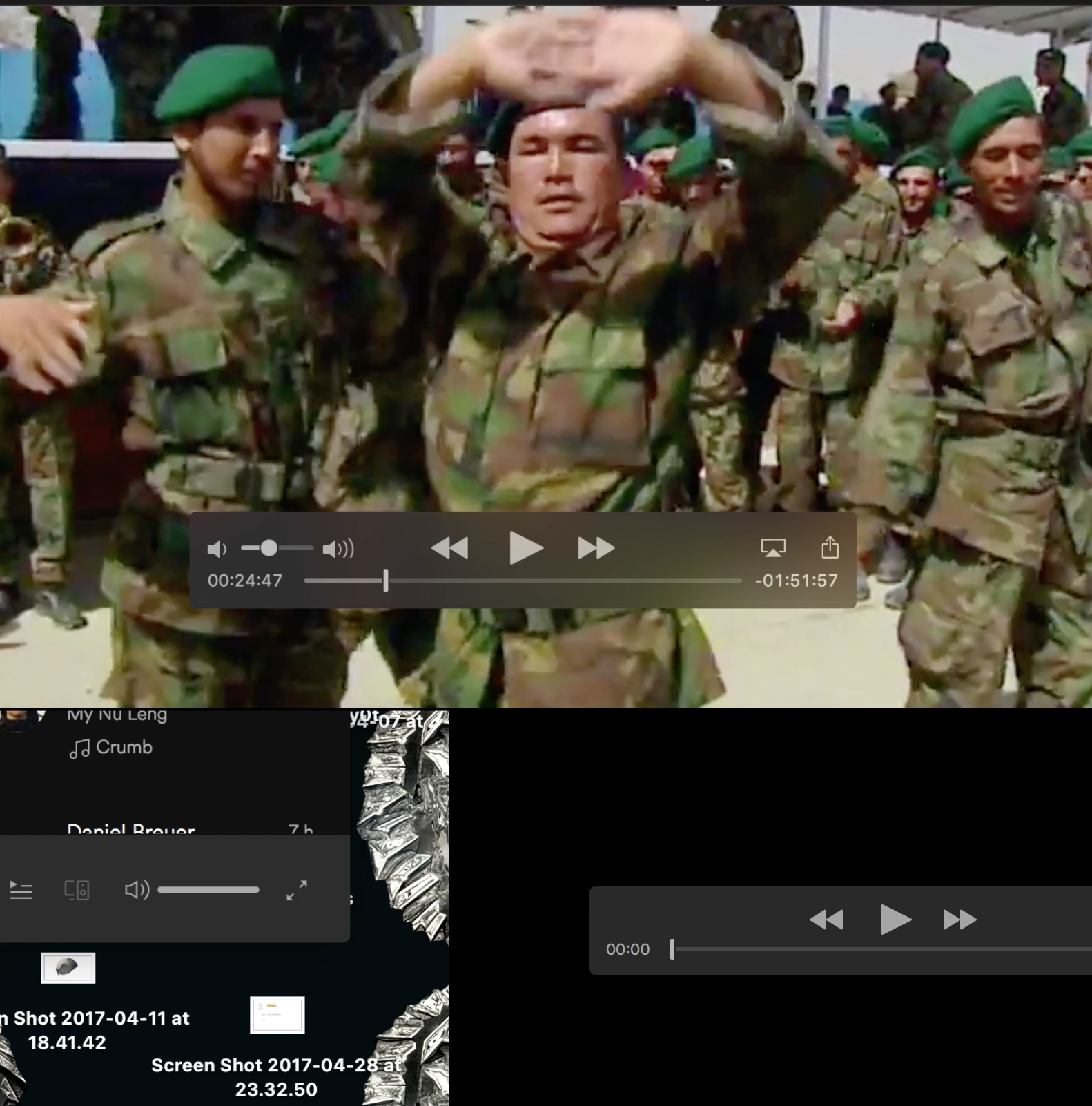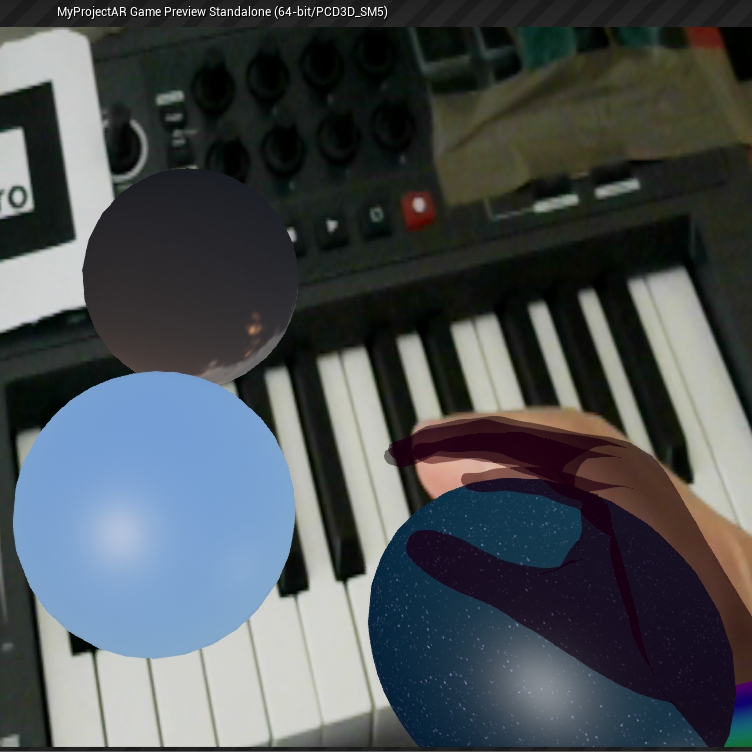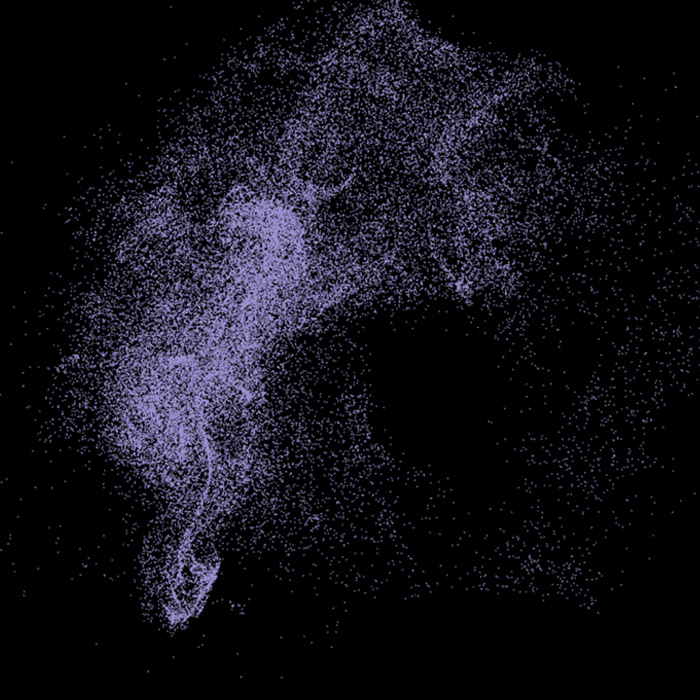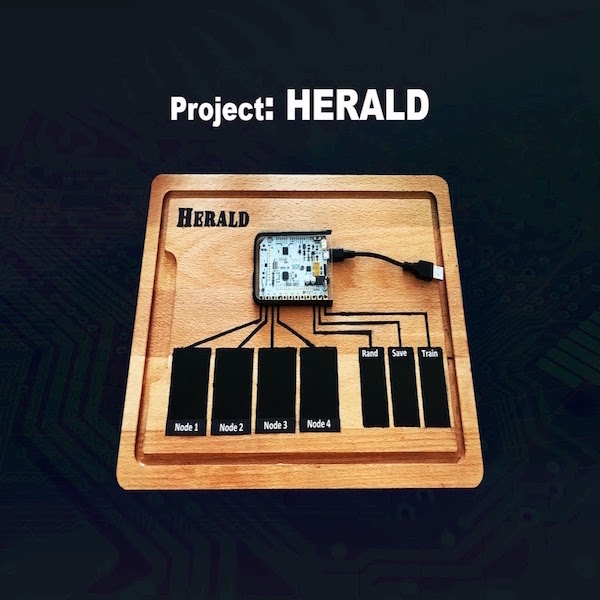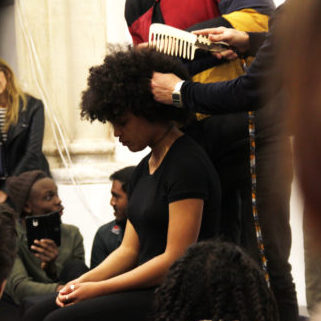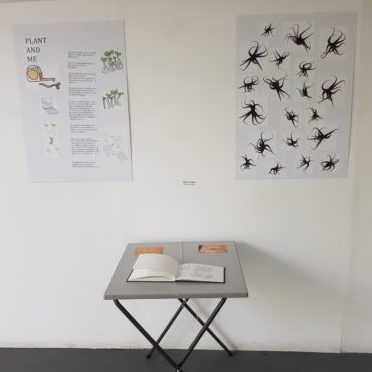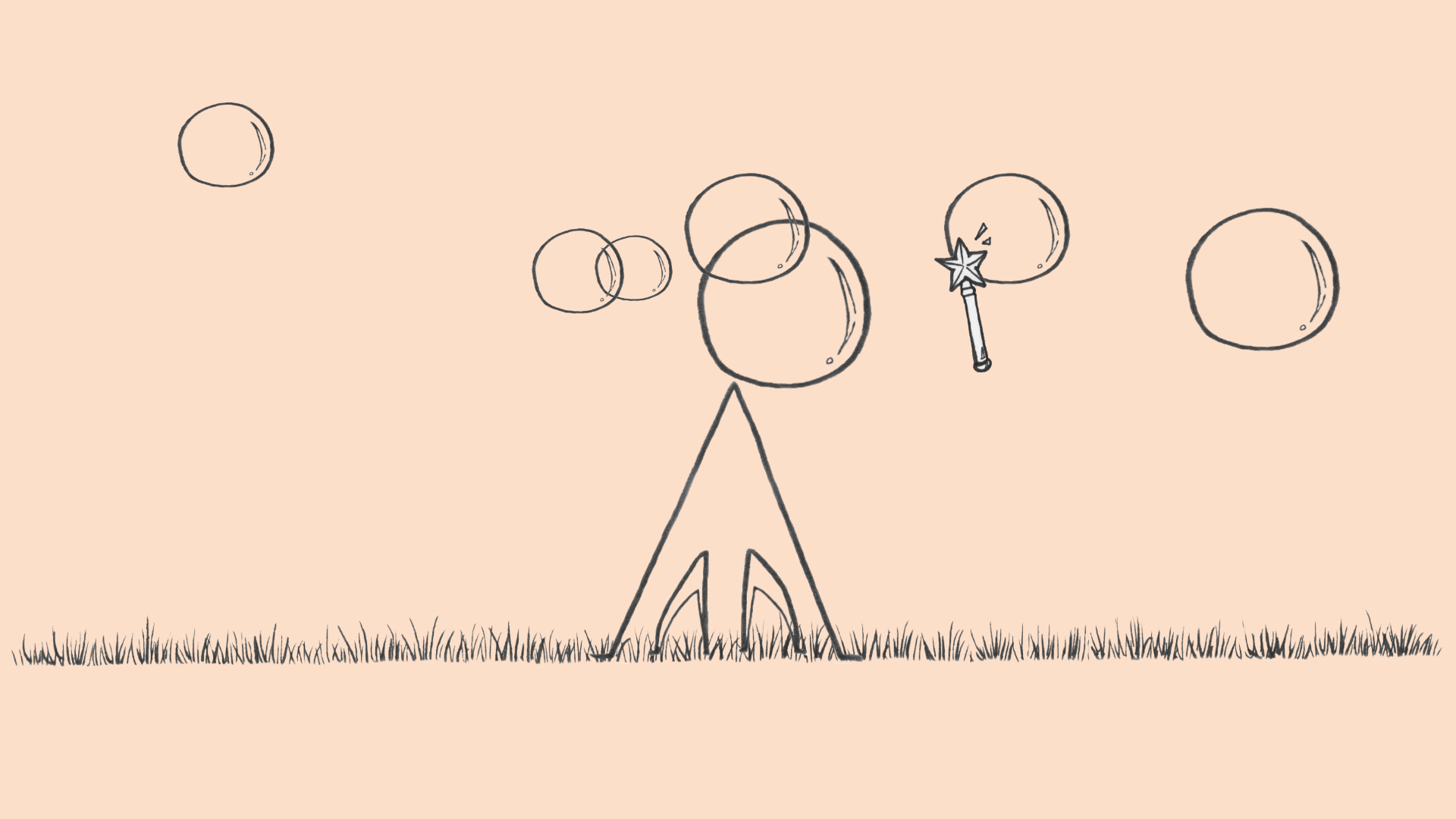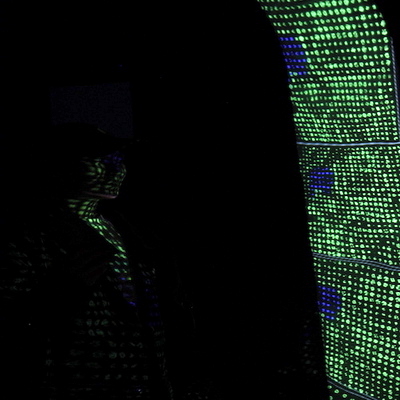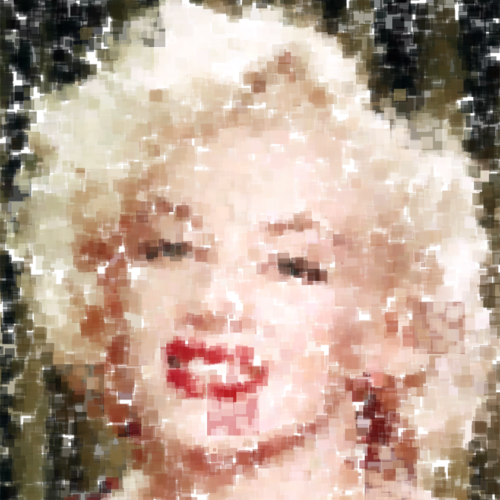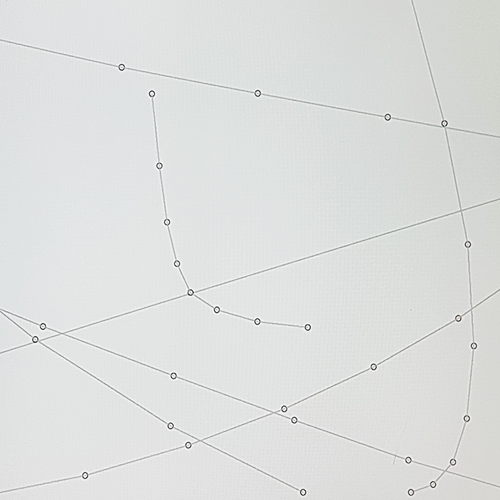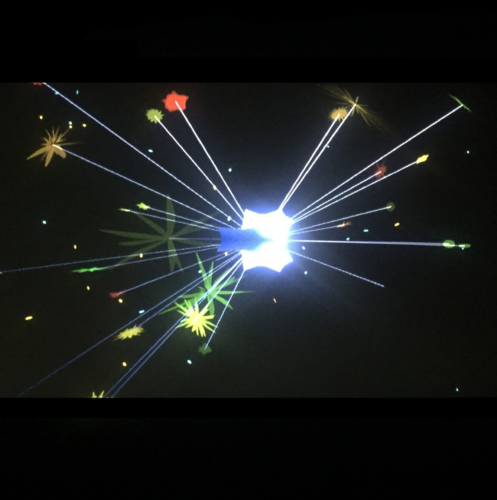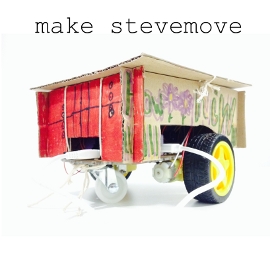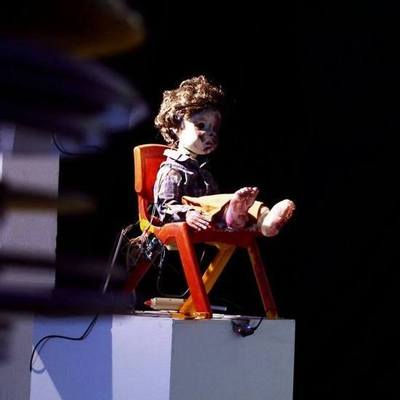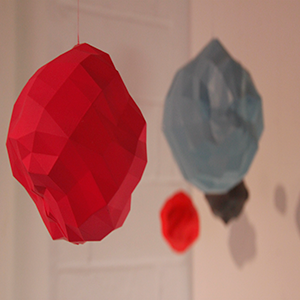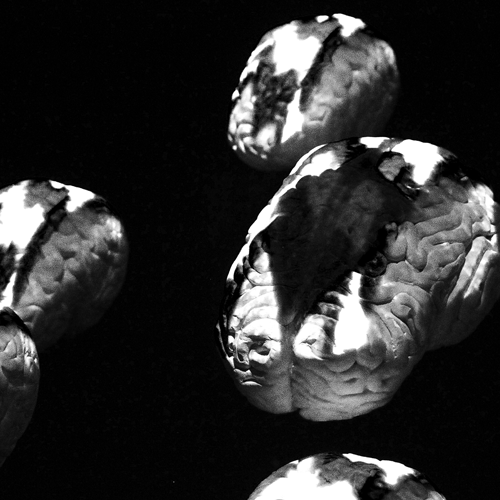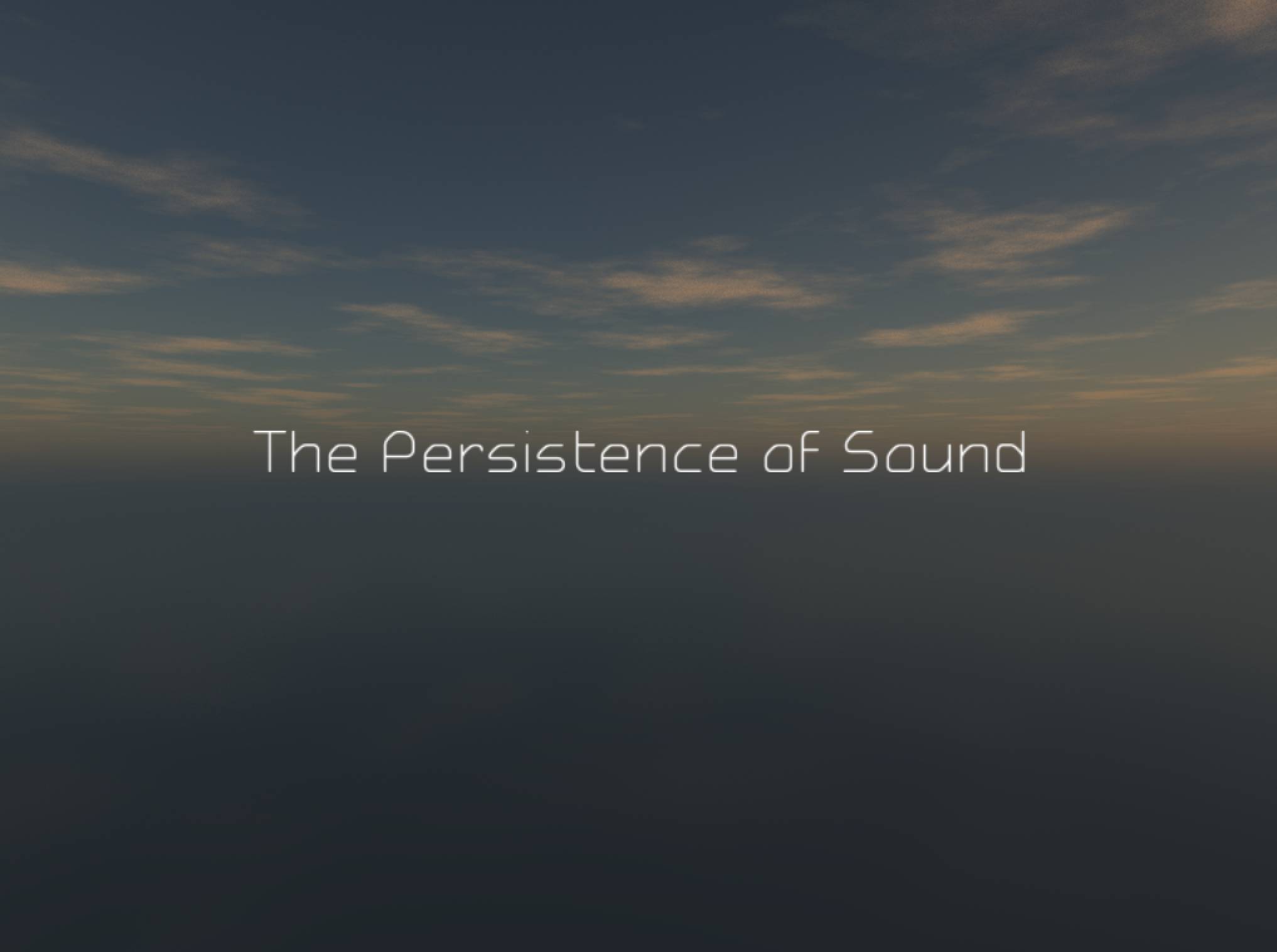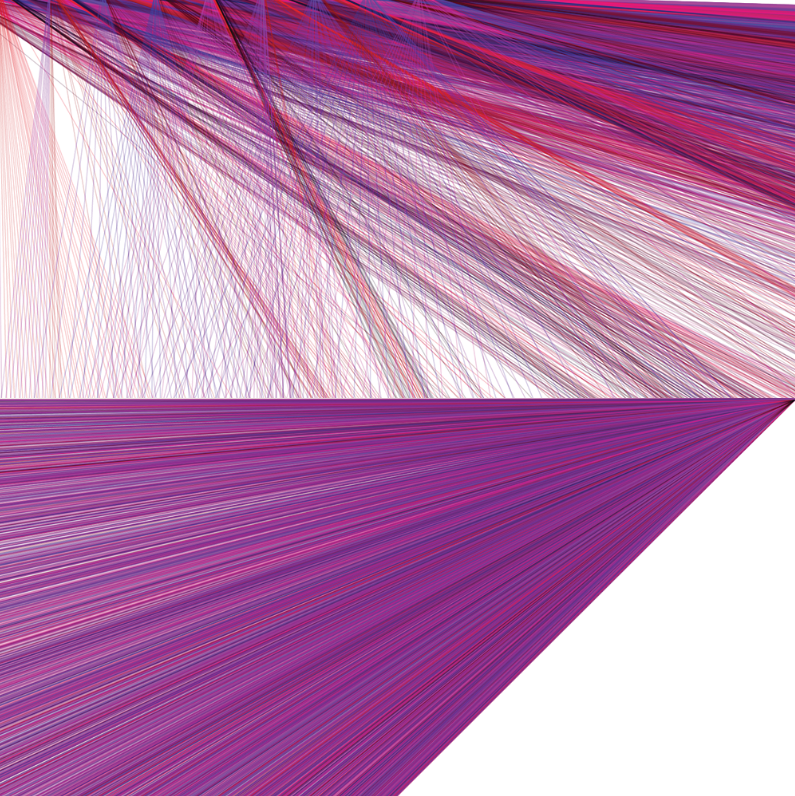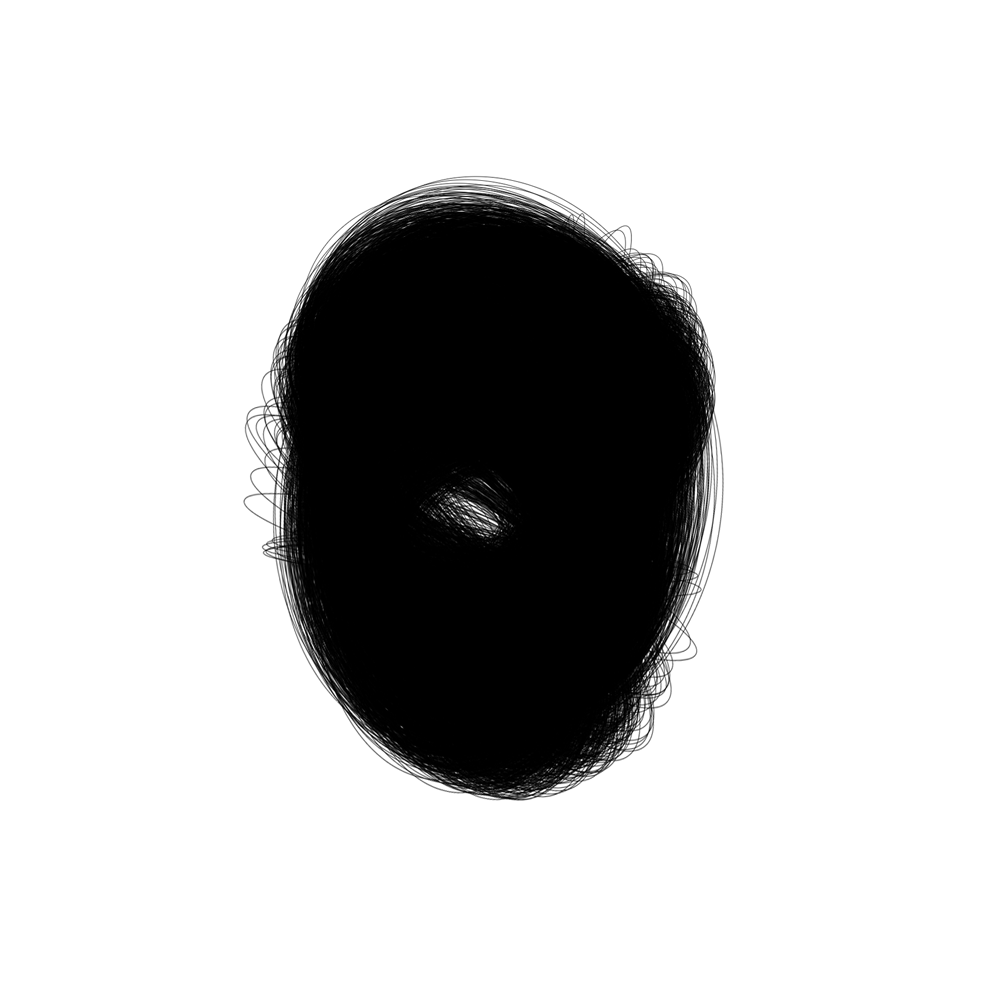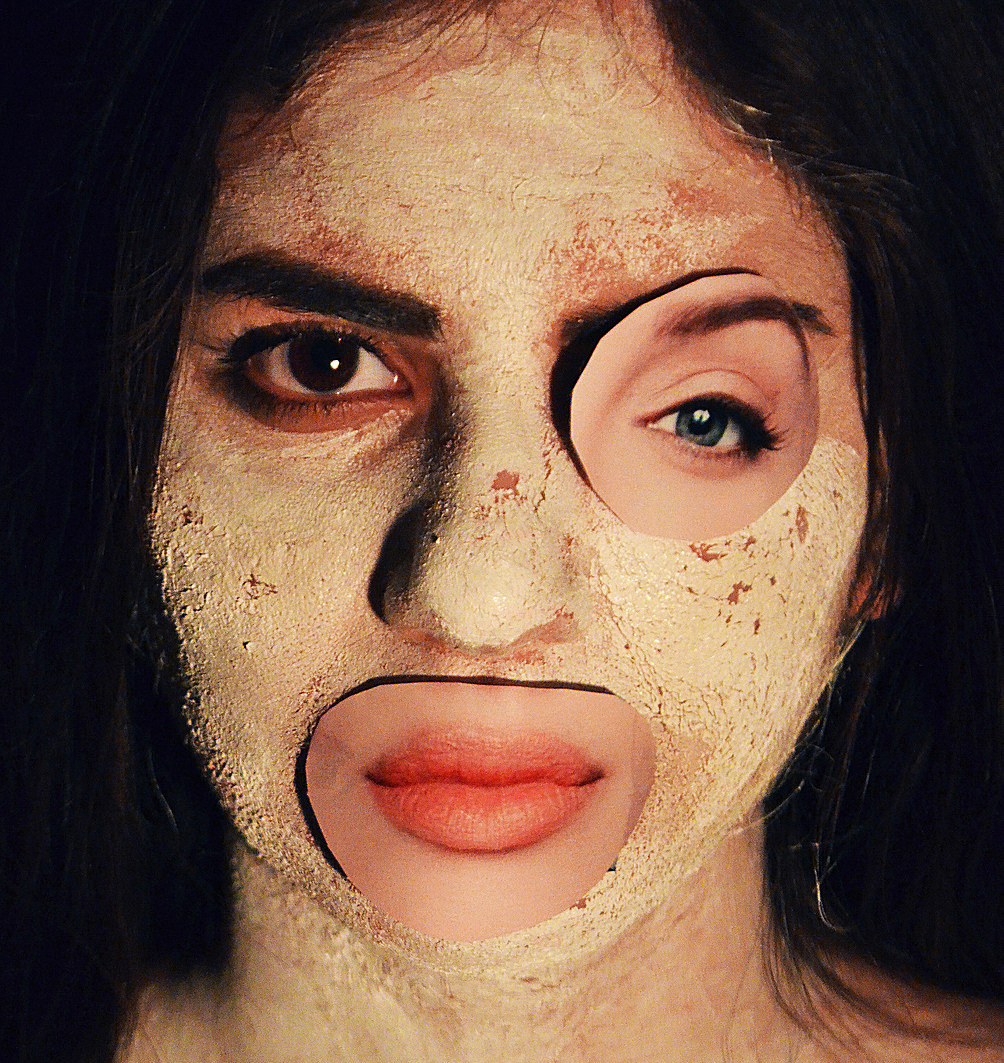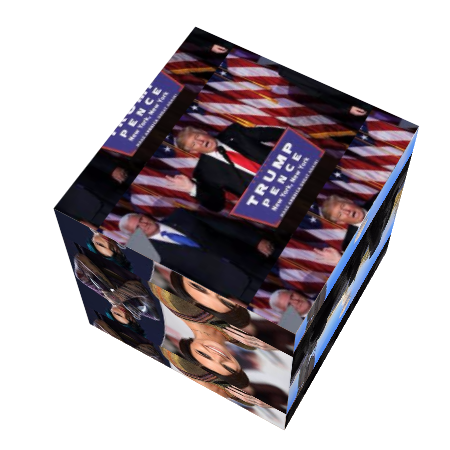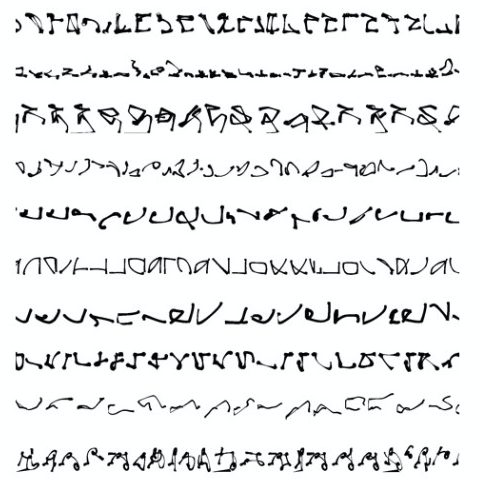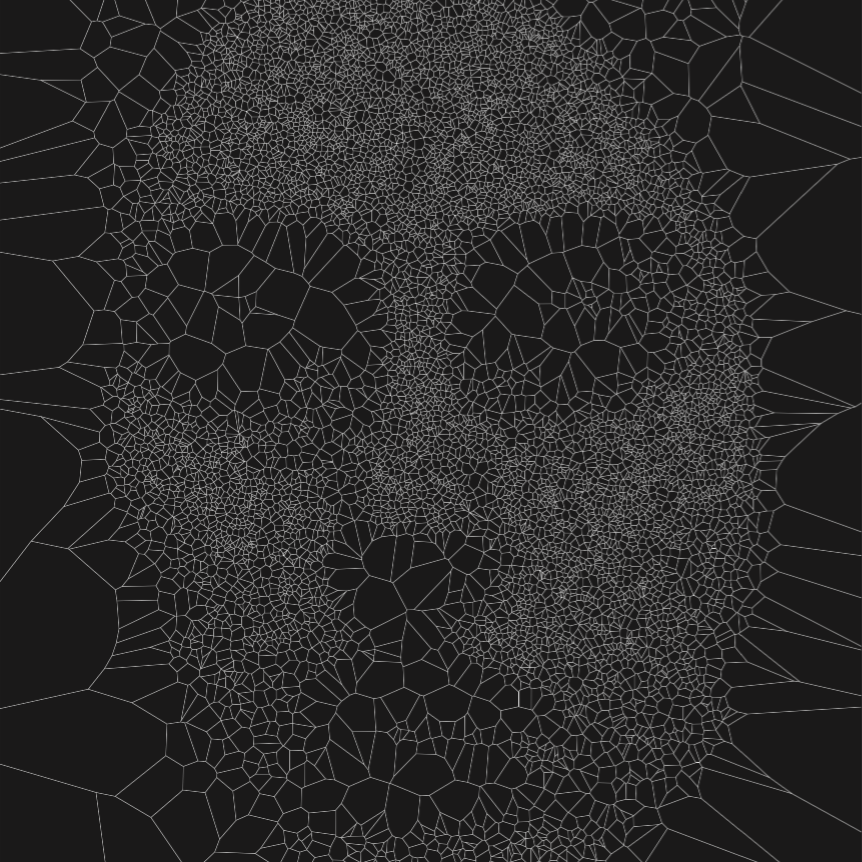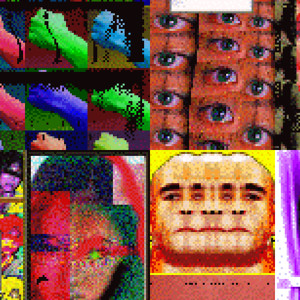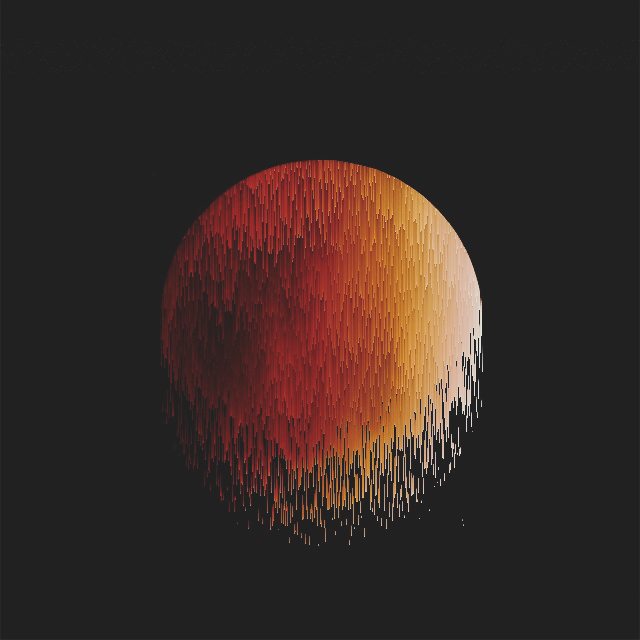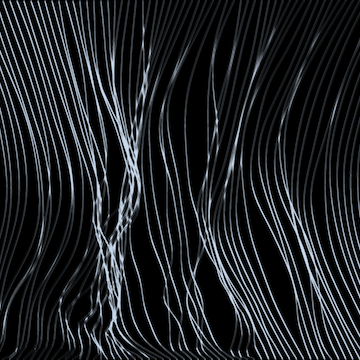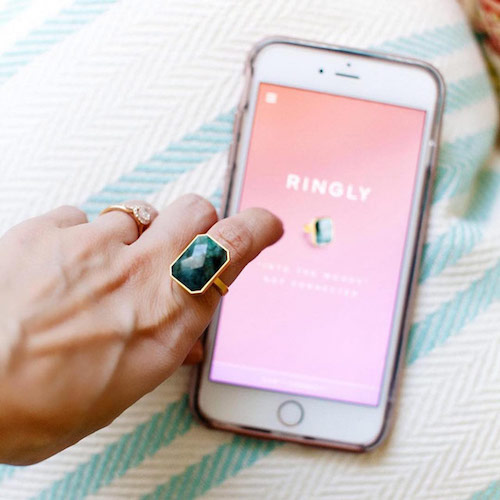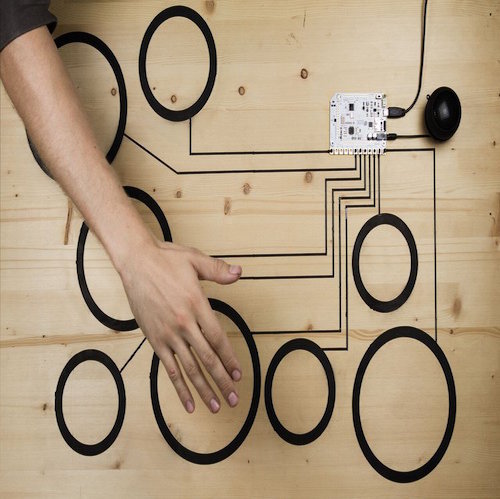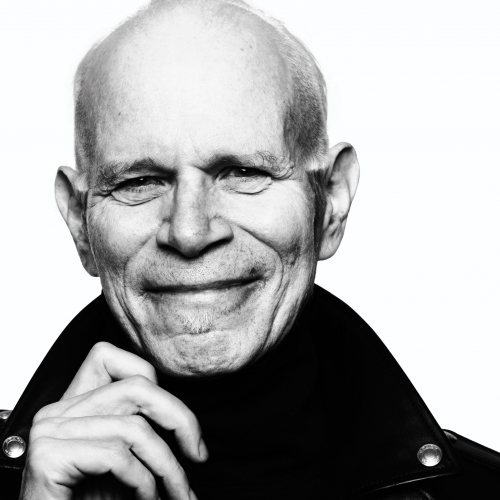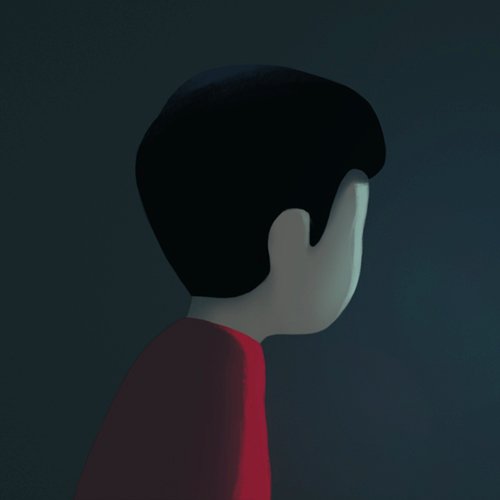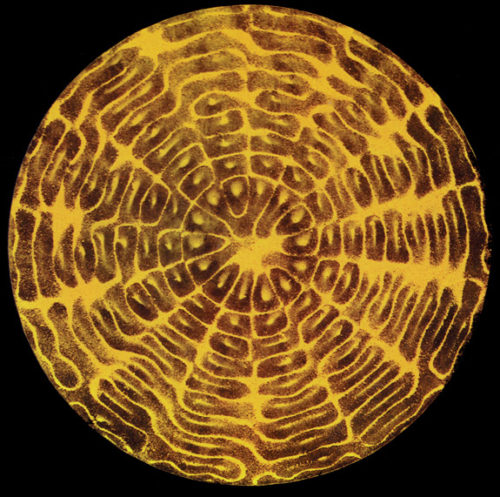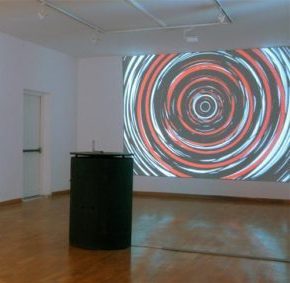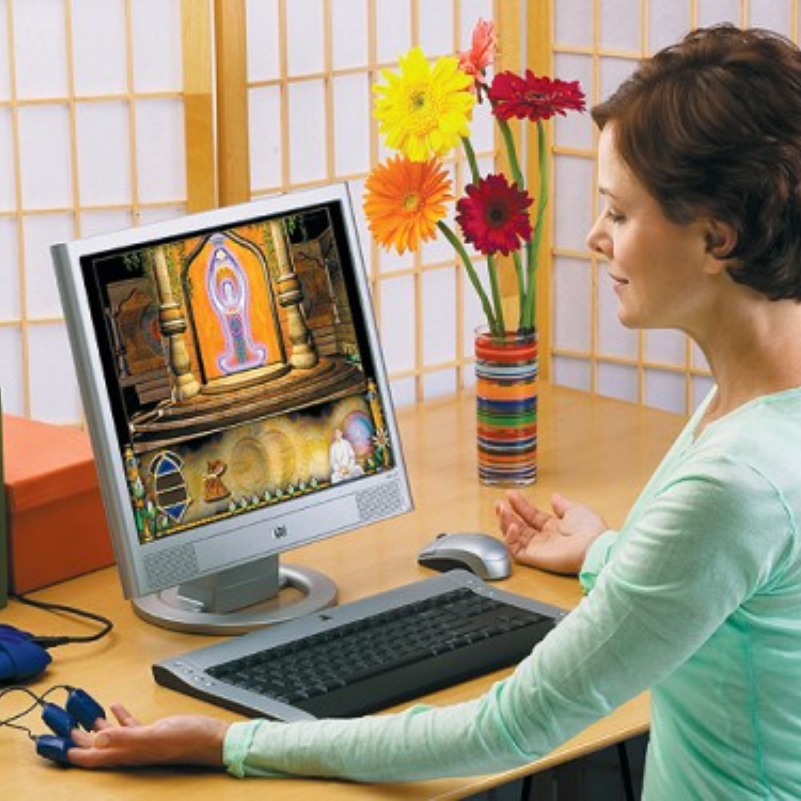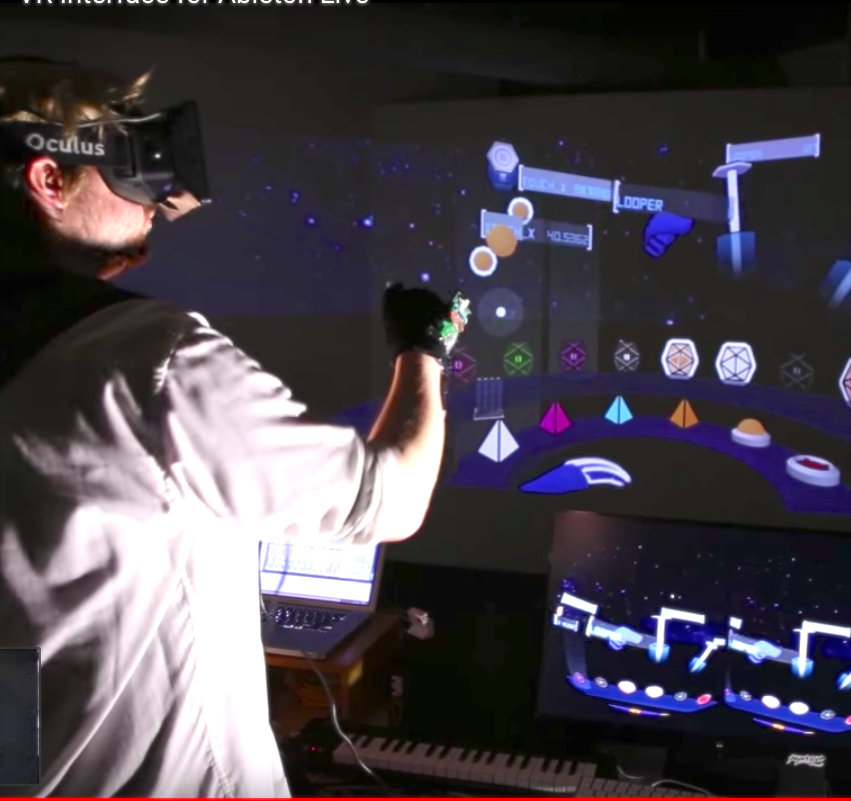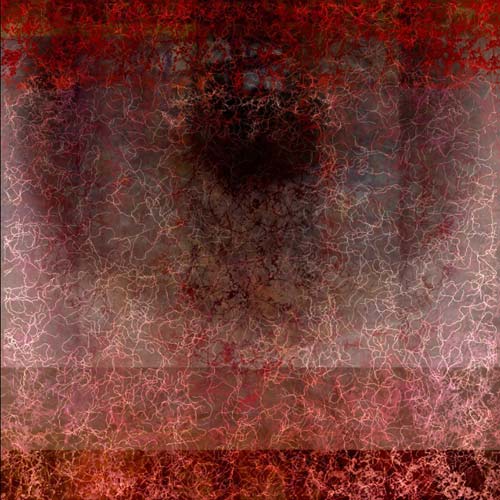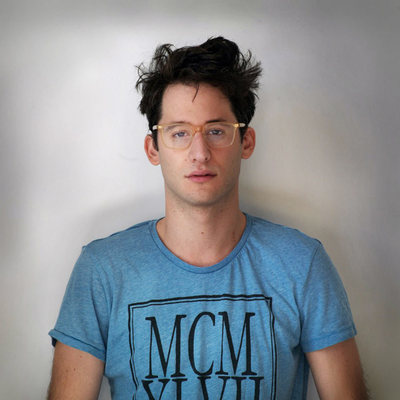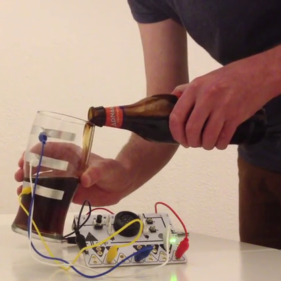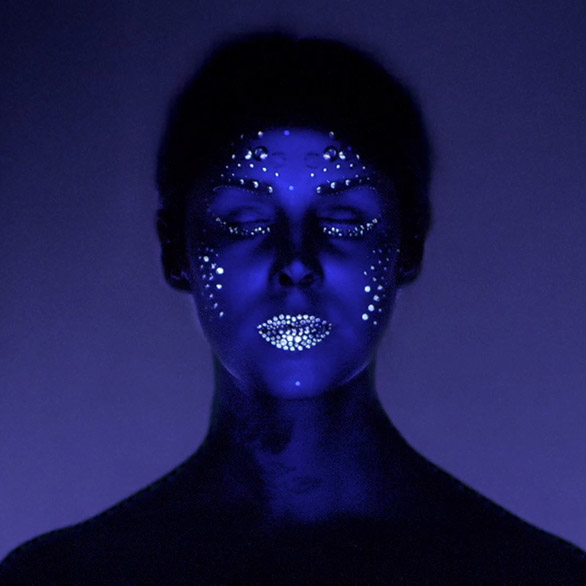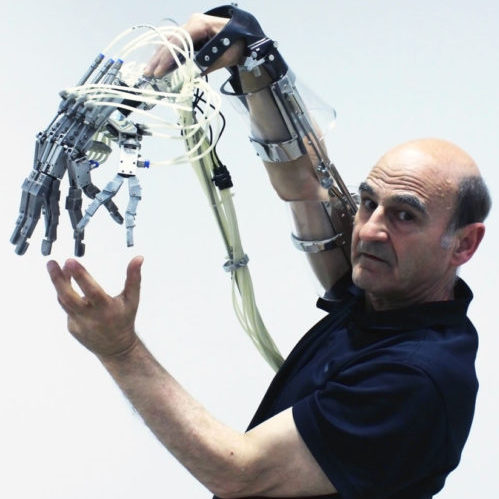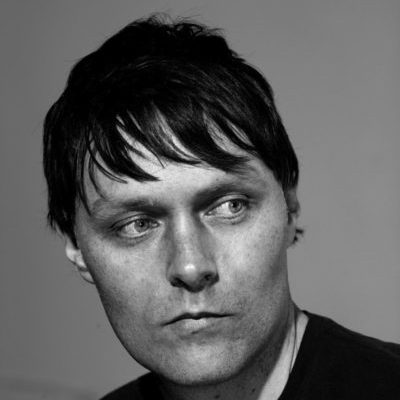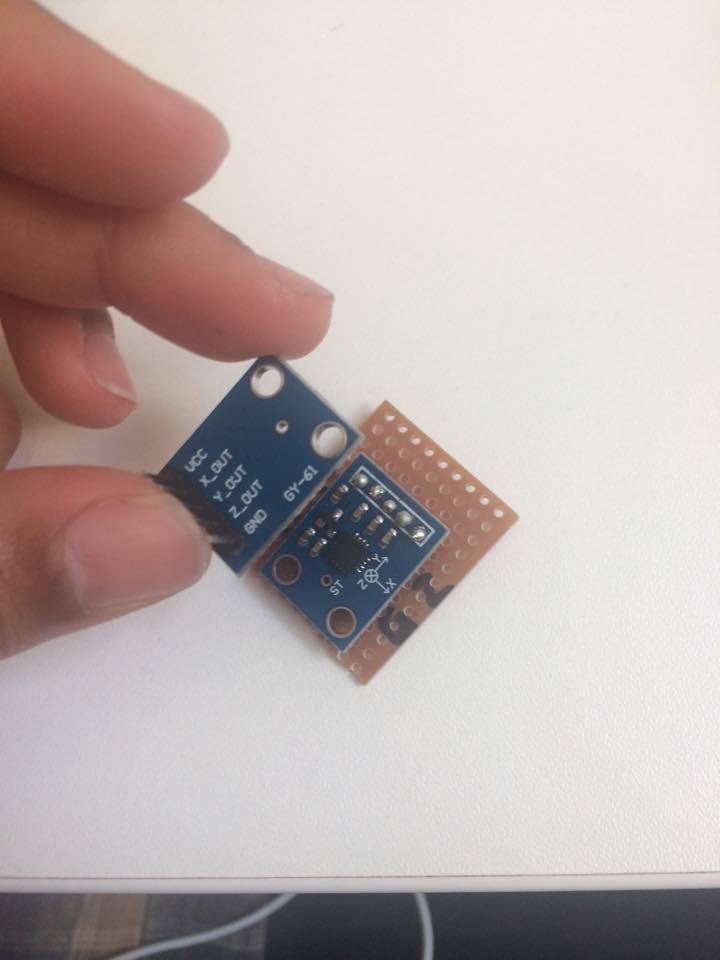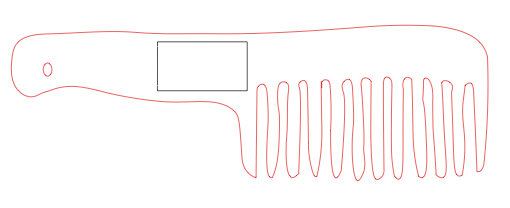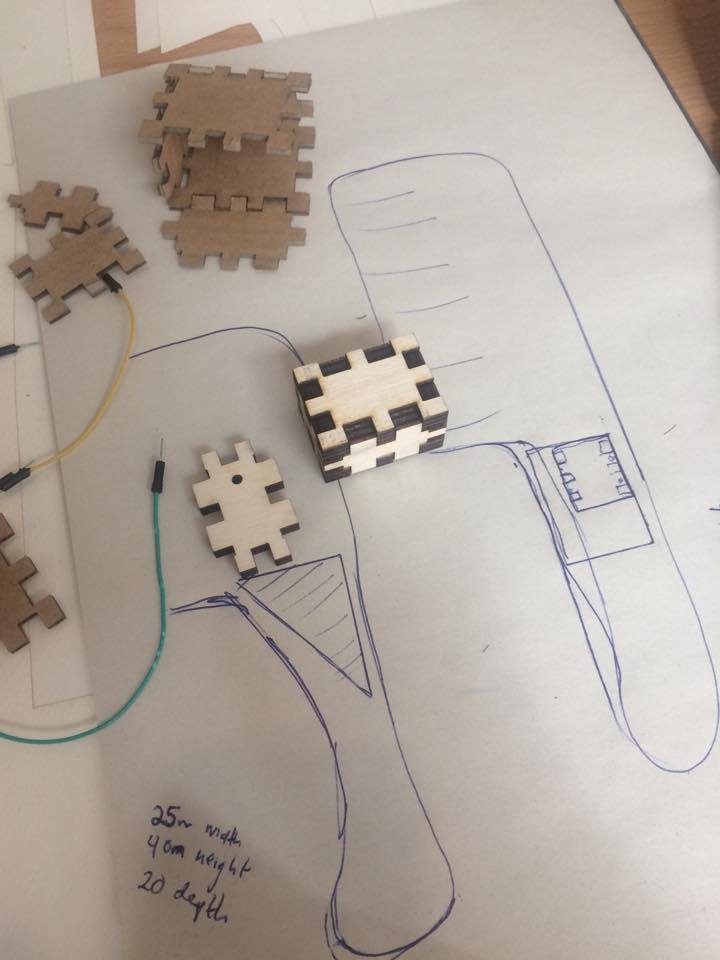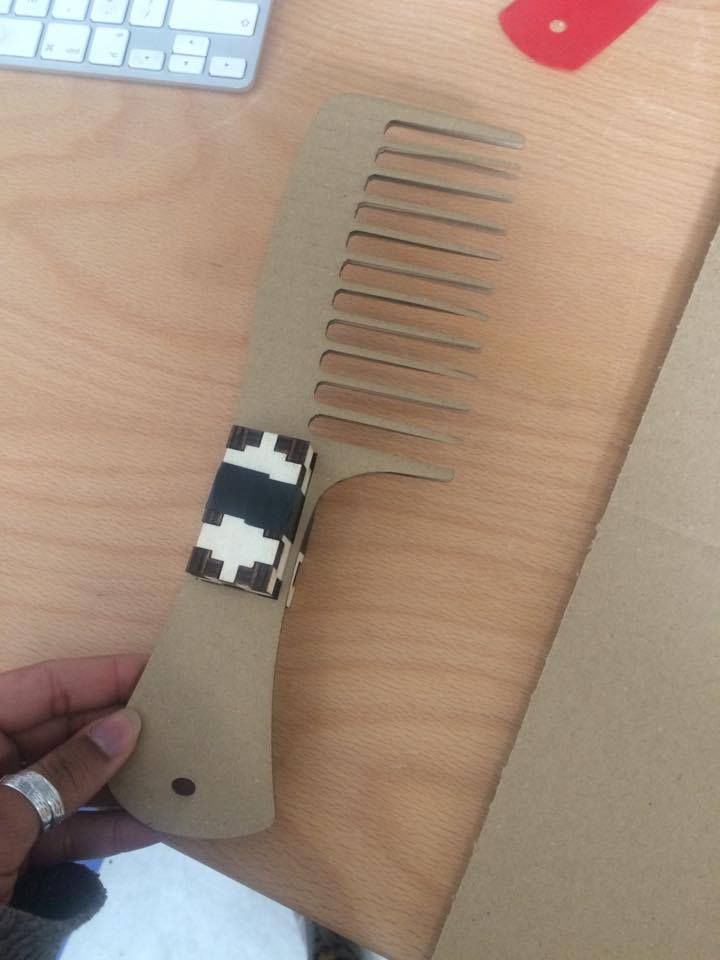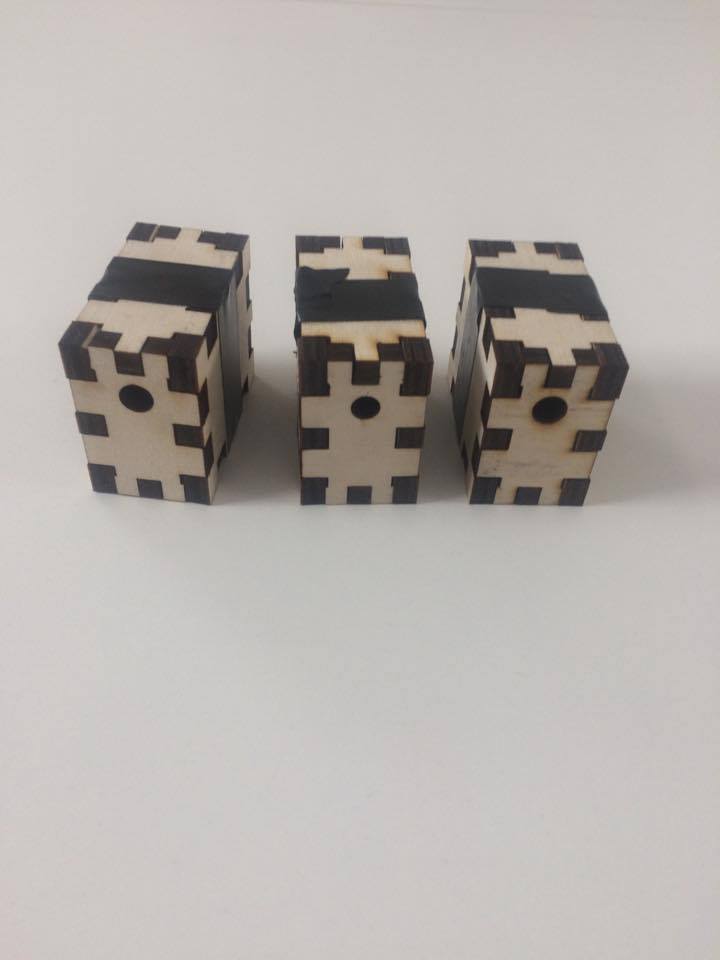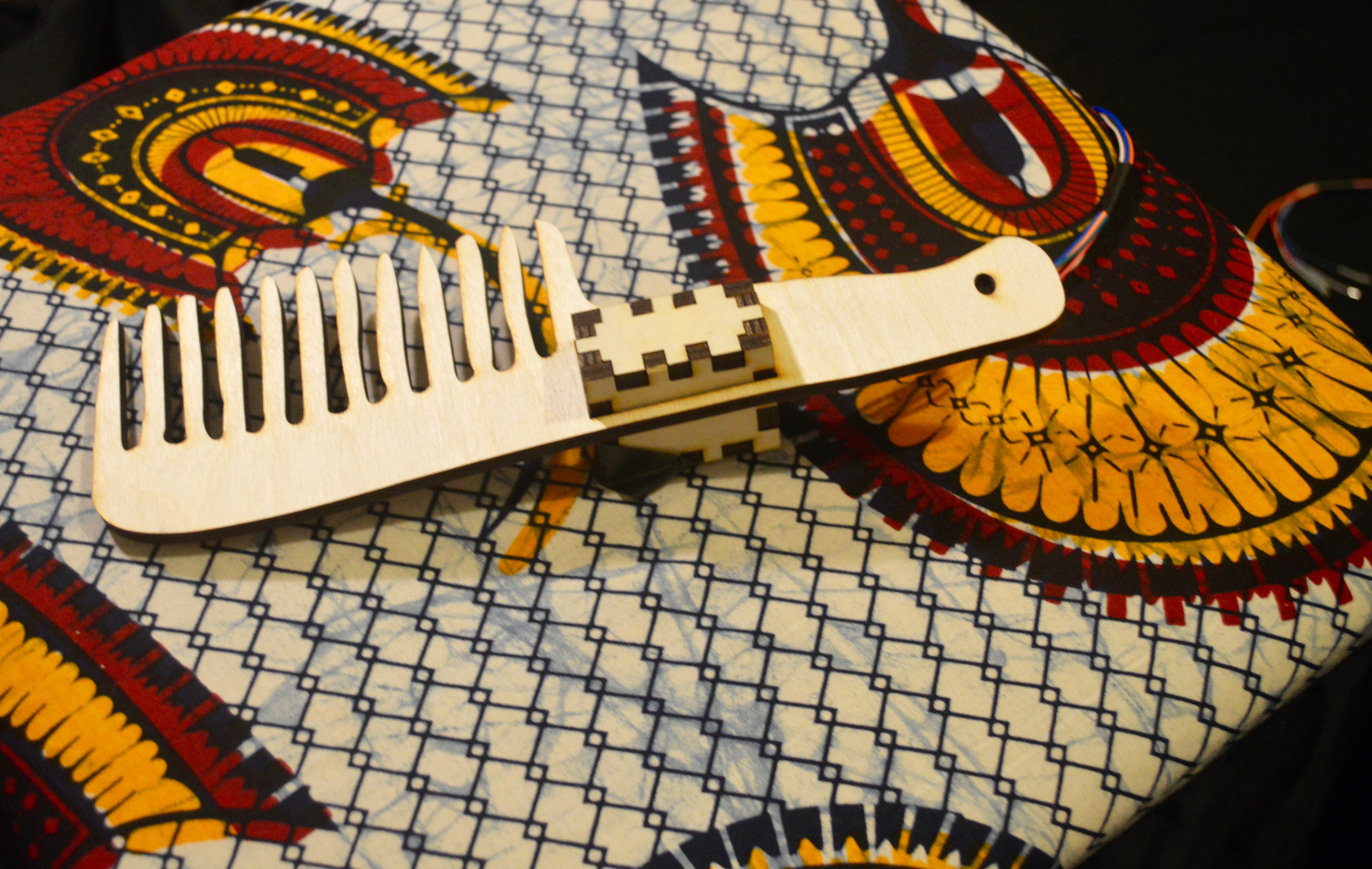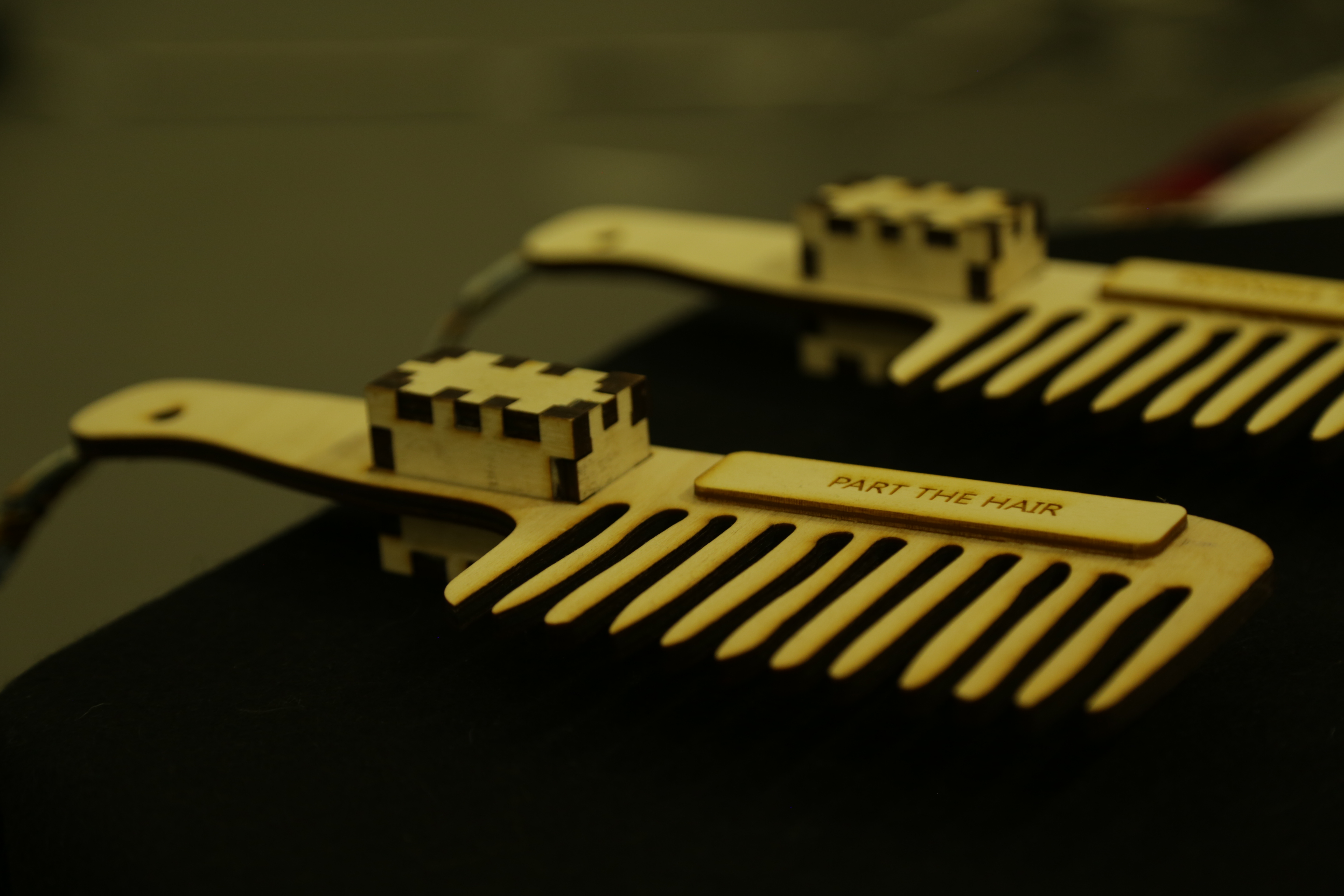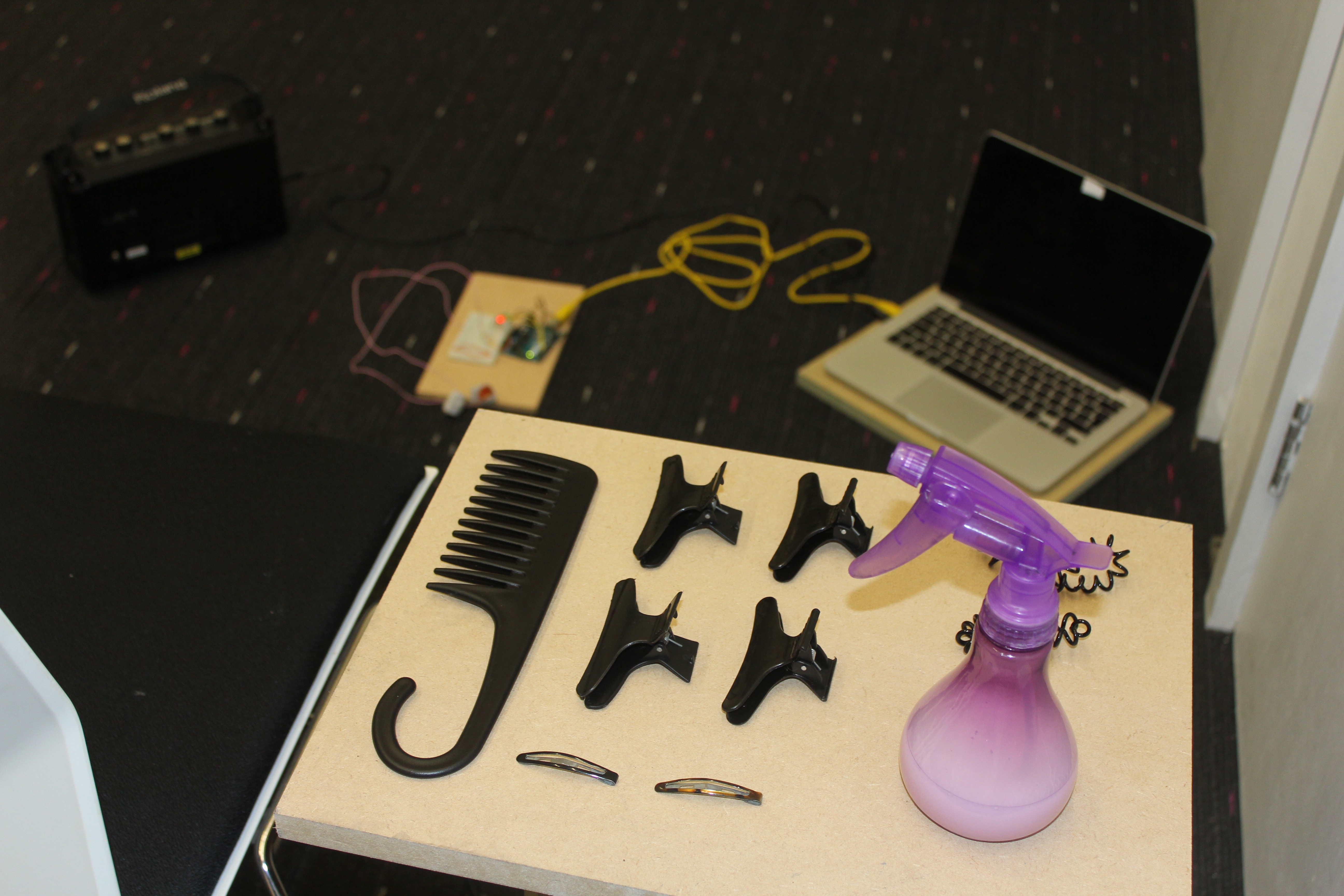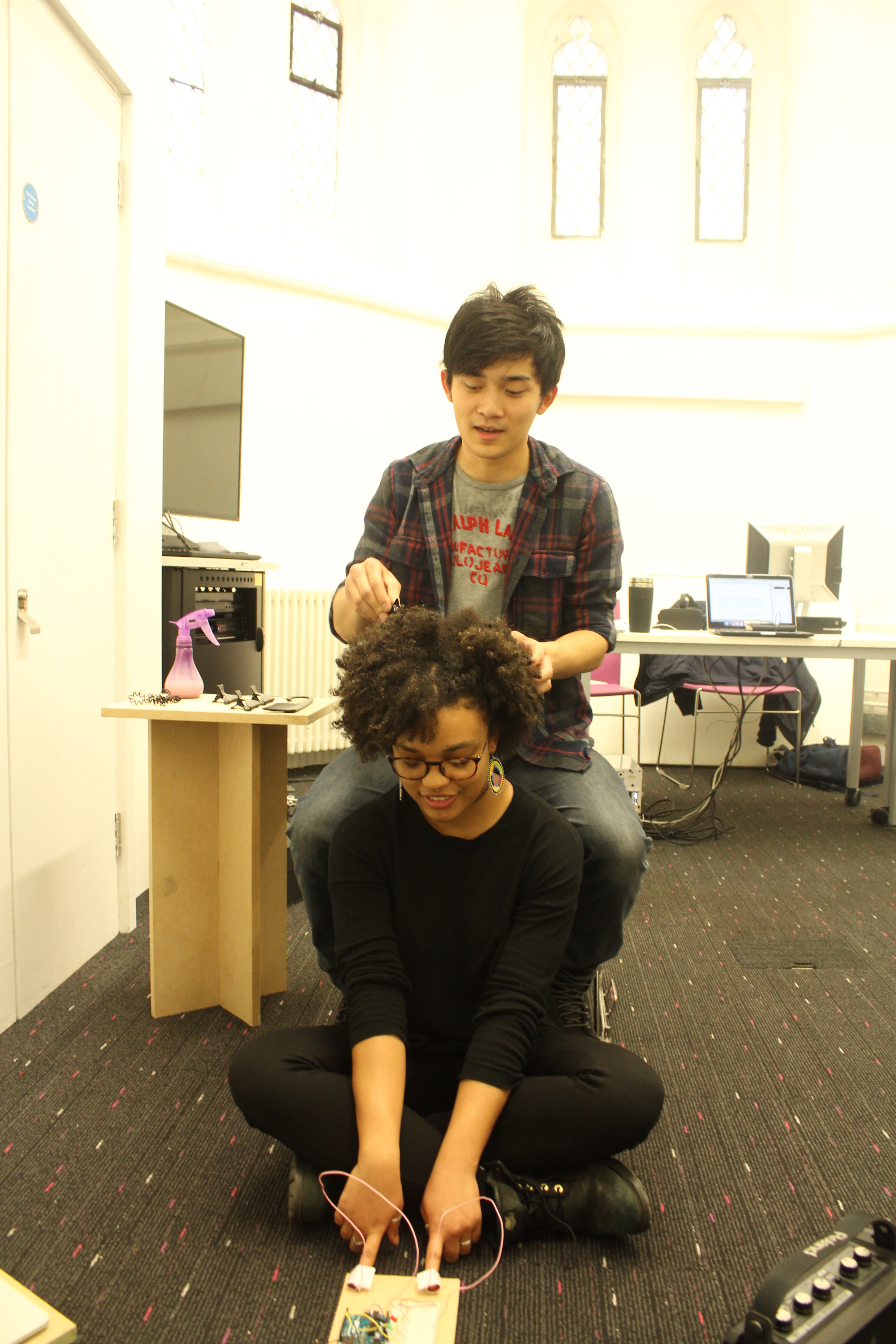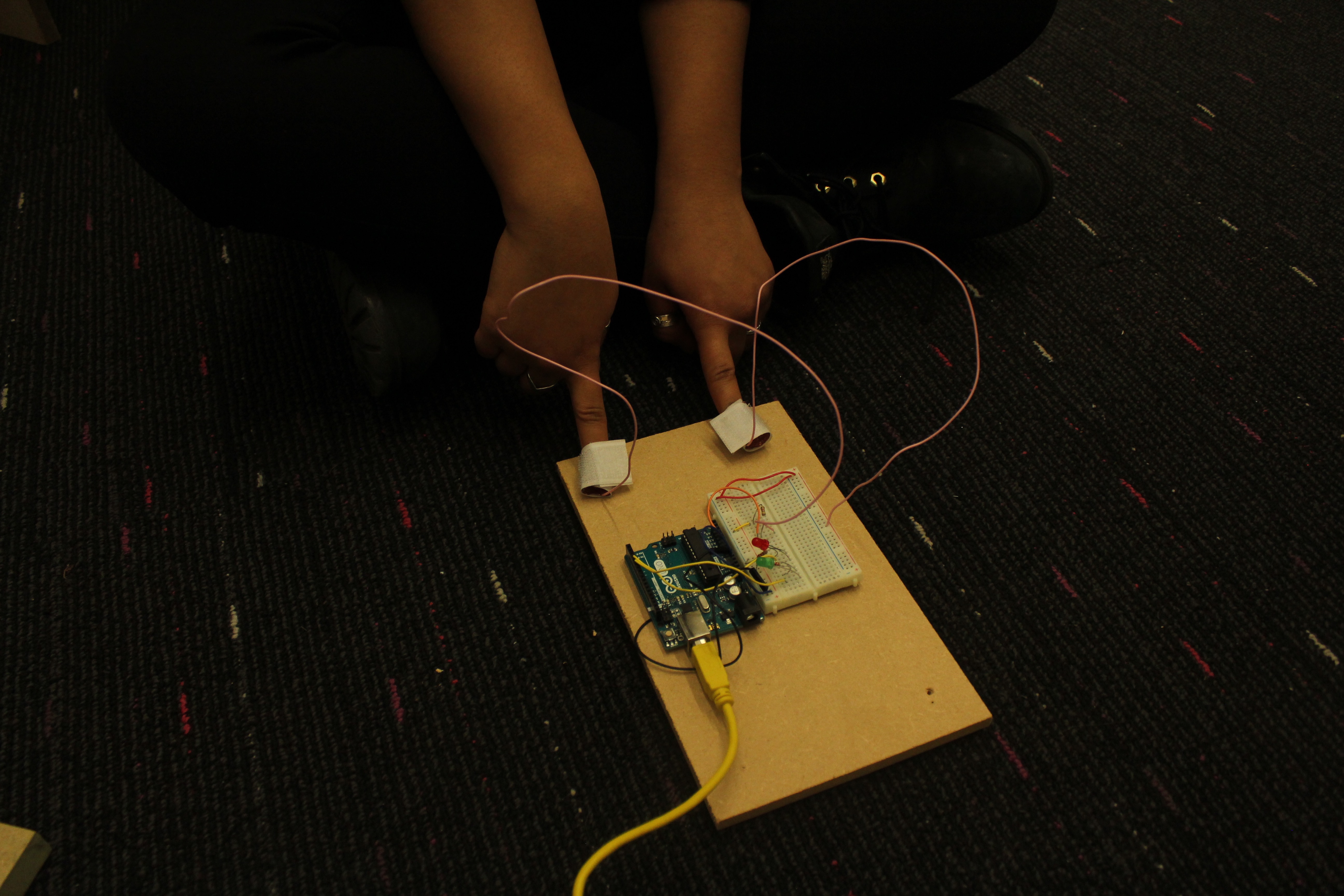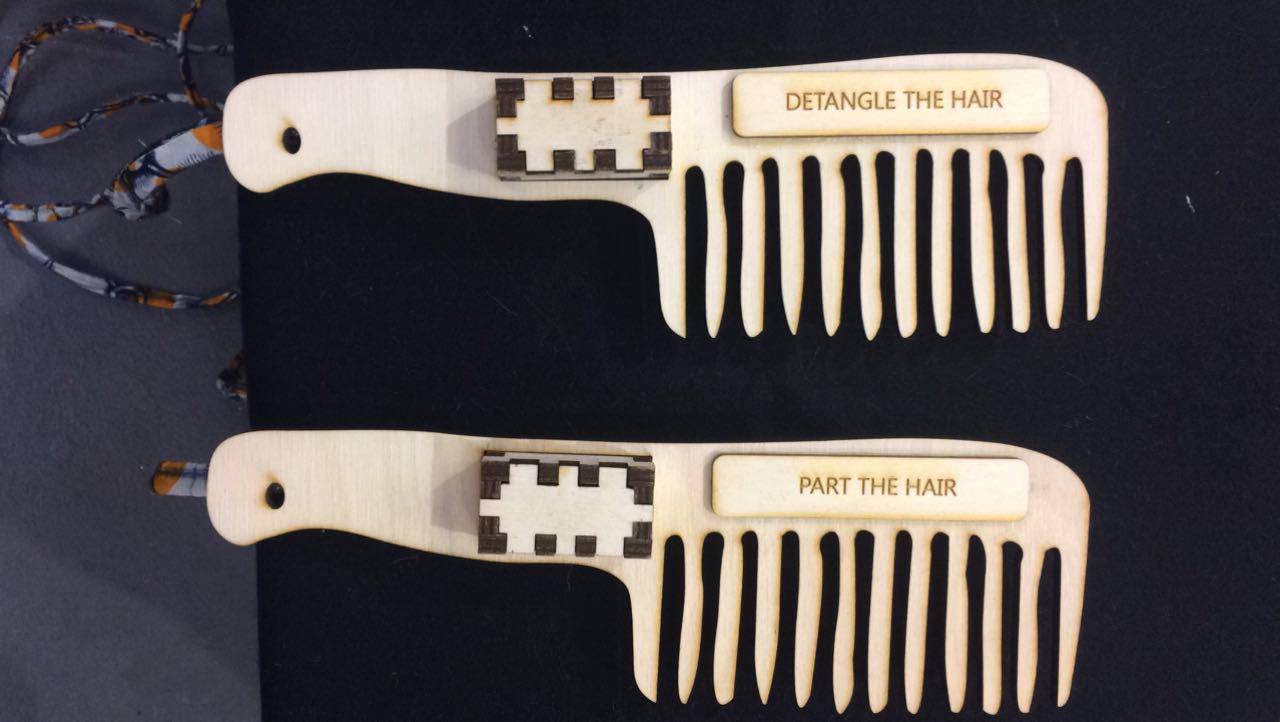

Eurocentric Puppet Show
Featuring
The Black Female Image
Sapphira Abayomi
This performance was created with racialization of the black female image and Eurocentric beauty standards in mind. It looks at racial identity and gender relations through the lens of black hair. The work deals with how women of colour have for decades been brought up in societies which have a lack of representation of black as beautiful. The work explores how beauty is dominated by the Eurocentric standards and as a result, women of colour automatically don’t fit that beauty formula. A fact that transcends past beauty and vanity it becomes engrained into the perception of worth for these women.
This performance uses black hair as a tool for questioning this dominant imagery and lack of accurate representation and the impact it has on the black female image.
Work overview
As you can see in the above video the performance is staged by multiple speakers which indicate the performance space. Within the space, there is an ottoman and a side table. On the table, there are two combs each with sensors attached. The combs are engraved with 1 of 2 instructions “Detangle the hair” or “Part the hair”. During the performance itself, I as the artist enters the performance space and sits on the ottoman. The performance usher then proceeds with bringing up participants from the surrounding audience one at a time. There is only ever a maximum of two participants, one for each comb. The participants are then expected to comb my hair. The movement and usage of the come triggers and controls the distortion of the audio being played. The audio being played is a combination of different interviews with multiple women of colour around the politics of black hair, Eurocentric beauty standards, how it affects them and their experiences with the two throughout their life. Throughout the performance, the usher continues to switch the different participants using the combs with different audience members. The performance continues in that way until I, the performer, feel like it is enough, at that point I walk off the performance space and the performance comes to an end.
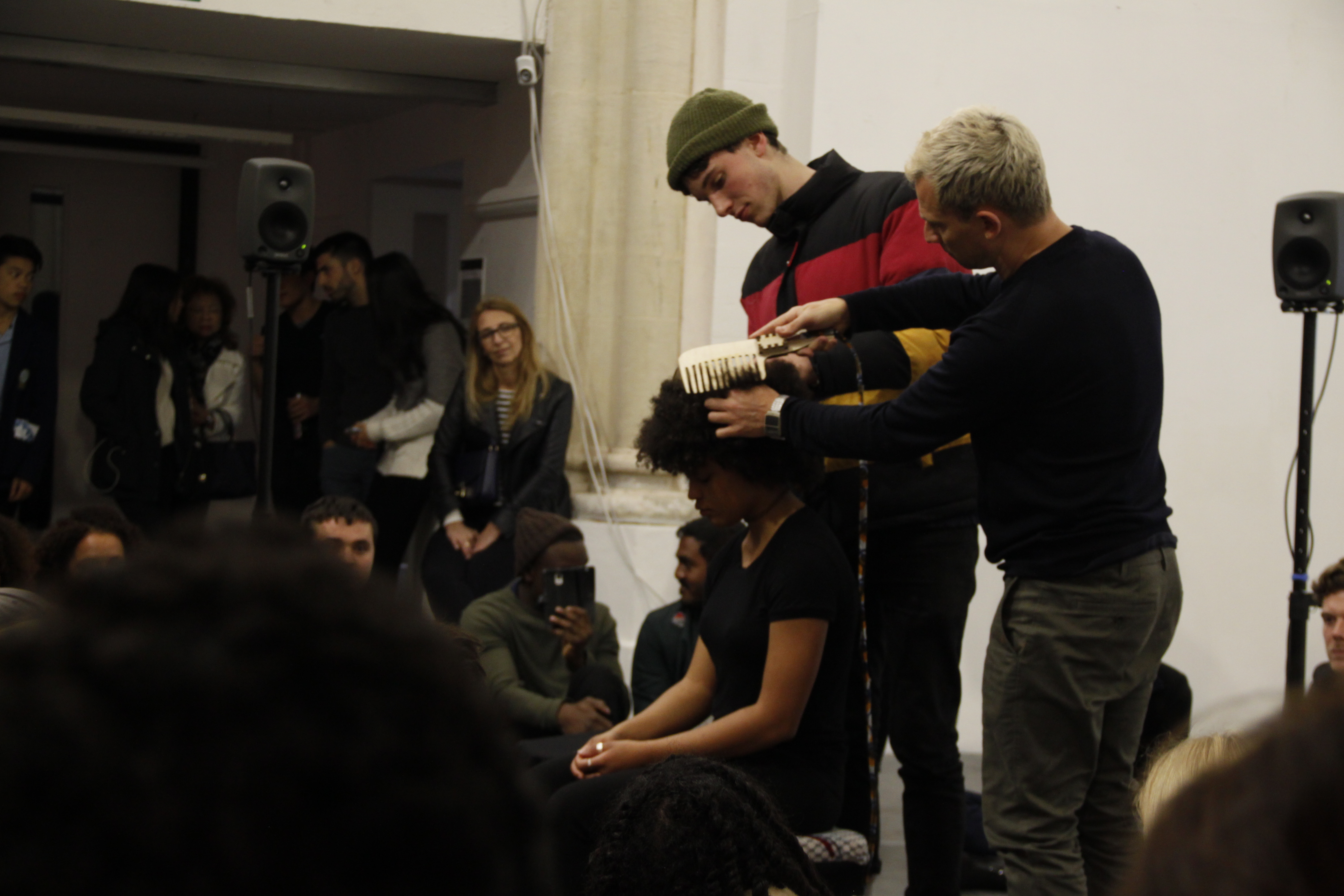

Creative Research
This artwork has developed on the backdrop of personal experiences and a cultural background of growing up as a woman of colour with afro kinky curly hair [terms used to describe the hair of people with African ancestry].
On an individual basis there are many who believe hair is just hair, and in some cases, it is, however, there are many cultures where hair carries great significance, one of which is the black community. In the grand scheme, black hair is more than simply the style one chooses to wear. Hair is a weighted and political topic with women of colour. “Beneath each style there is a deeply personal hair story and a lot of scalp damage that for some is irreversible.” (Thompson, 2009) There are years and years of history that have shaped the world of black hair as we know it today. Without a proper understanding of the historical meaning of black hair, it becomes hard to fully grasp the full significance of hair in the black community. Black hair is a direct reflection of black history. As Cheryl Thompson writes in her work, hair carries great significance to many black women it is like the Achilles heal too many of them. (Thompson, 2009). People may not realize but our histories whichever race we maybe can be subconsciously engrained into us, and subtly or not so subtly ingrained into our society. Historically the oppressions that women of colour have been subject to have been internalized and passed down through generations like family air looms. For decades upon decades the dominant beauty standard that the world aspires too is the Eurocentric beauty standard. Eurocentric beauty standards are the aesthetics of a person which closely relate to those of a person of European (Caucasian) descent, I.e., straight hair, fair skin, thin nose, coloured eyes and more. Women of colour have always been viewed on the backdrop of the white female image. That outlook is something that is reproduced in the media and as a result echoed in the societies we live in. Susan Byrant who writes about the effects of Eurocentric beauty standard on black women talks about how “The black woman’s internalization of European beauty standards through family, peers, the media, and society” and how that internalization of “European standards of beauty can have damaging effects on the life trajectories of black women”
My afro kinky curly hair is an outward manifestation of my culture and its history, it is naturally a part of me. Yet it took me 18 years to know what my real hair texture felt like, at 18 when I reverted my hair back to its natural state and I learned how to brush my hair for the first time, an act you think you would learn how to do as a child, like brushing your teeth. This wasn’t a result of bad parenting, it was a result of my environment and what was expected of me as a child of colour. They say it takes a village to raise a child but the same can be said about what a child is exposed to. The communities and environments in which we live in and are exposed to affects the way in which we see the world and ourselves in relation to this world. For me and many black women today that is sculpted by the by histories in which our bodies have been tarnished by oppressions and degrading. There is a lack of representation of blackness as beautiful because the ideal of beauty is dominated by the Eurocentric beauty standards, as a woman of colour you automatically don’t fit that formula. Society ingrain in us that something has to be altered in order to get closer to the formula. As a result, women of colour are constantly bombarded with ways to change their natural aesthetics. This internalization of racialized beauty standards often develops into a negative self-perception and the idea of being an ‘other.’ That feeling of ‘other’ is something that people of colour know all too well. That idea is emphasized even more with mainstream media.
Hair may seem insignificant in the grander scheme however there are many microaggressions happening to people of colour which are a direct result of representations and perceptions the media are portraying. Those microaggressions can have a big impact on how a person of colour views and values themselves in this society
Growing up, afro kinky curly hair was never something that was praised as beautiful, in fact, it was something that you rarely saw and it carried the connotations of bad hair, unruly, messy and tough. Words that you would never strive to be associated with, however on the flip side the hair and beauty that was aligned with the positive connotations such a good hair, beautiful, professional and tidy all leaned towards a beauty that was very influenced by the dominant Eurocentric beauty. What is saddening is that racialized notion of good vs bad is something that children from a very young age pick up. We can see this in the study by Kenneth and Mamie Clark conducted in the 1940’s called the ‘Doll test.’ The test was designed to study the psychological effects of segregation on African-American children. The test consisted of two identical dolls (the only difference being skin colour, one white and one black). The children were asked to identify the race of the dolls and then decide which they preferred. The majority of the children picked the white doll and described it with positive characteristics while assigning the black doll with negative characteristics. This test has been reproduced multiple times in the 2000’s this time with children of multiple racial groups, yet the results were much the same. What does that tell us about our seemingly unsegregated society? Children as young as 3 years old have already developed a lack of worth. These children have grown up with an unhealthy idea of self and in turn feel the need to assimilate in order to be considered beautiful or valuable in our society.
This piece seeks to explore the for mentioned issue by using black hair as a tool for doing so. As you can see from the above context this work is not about the physicality of hair as a material but what black hair symbolized in the realm of racialized beauty standards and the consequence that has on the black female image.
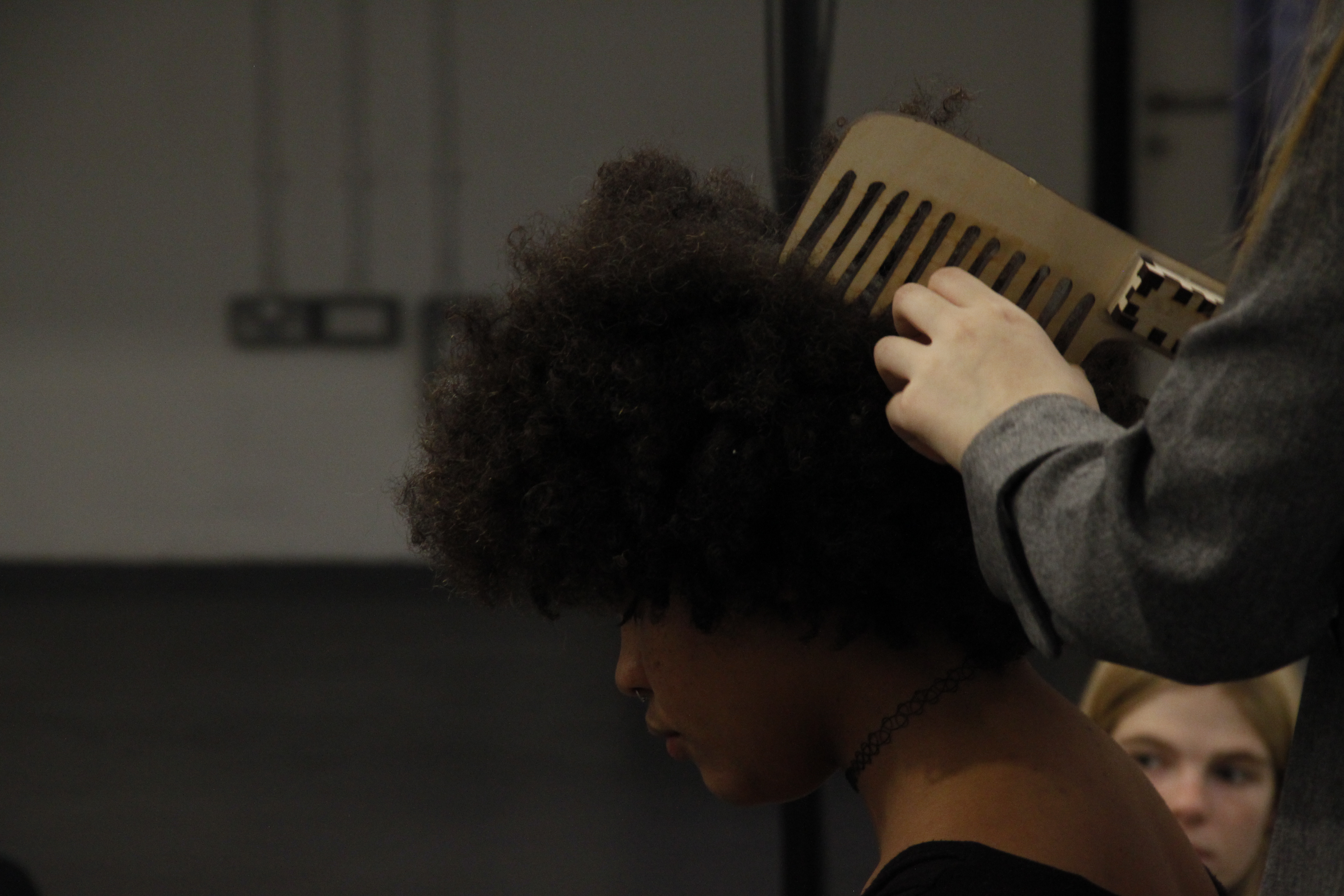

Audience
There are many different elements that I wanted to communicate through this work. For the audience members who came up and interacted with me, I wanted them to feel slightly uncomfortable, the act of touching someone’s hair is an act that is quite invasive. You are encroaching on someone’s personal space by doing so, nevertheless, this piece is so much more than that age old question of ‘can I touch your hair?’ Though I do think it does put that question into perspective about the person underneath all that hair, that act of wanting to touch their hair because of its difference can subject a person to feeling like they are ‘other’. I wanted people to pick up the combs and feel overwhelmed or completely unknowing about how to actually start brushing this head of hair. That feeling of ‘what do I do with this hair now?’ That is a feeling that I can identify with. As mentioned in the section about my creative research Eurocentric beauty standards promoted by mainstream media have a big influence on everyone no matter the race or gender, we absorb what we see especially at a young age where we are very readily influenced. That is exactly what happened to myself and so many other women of colour I either interviewed or know. I only learnt what my natural hair looked like, felt like or even how to wash and brush it at a letter stage in my life. And I was lost, I didn’t know how to do any of it. I had to look to alternative forms of media where women of colour had the ability to self-represent and only slowly through those alternative media sources did I start to become accepting and familiar about what was naturally mine. I want people to feel confused, uncomfortable and many even a bit vulnerable standing up there because it echo’s a few of the feelings that I personally have had as a result of my hair.
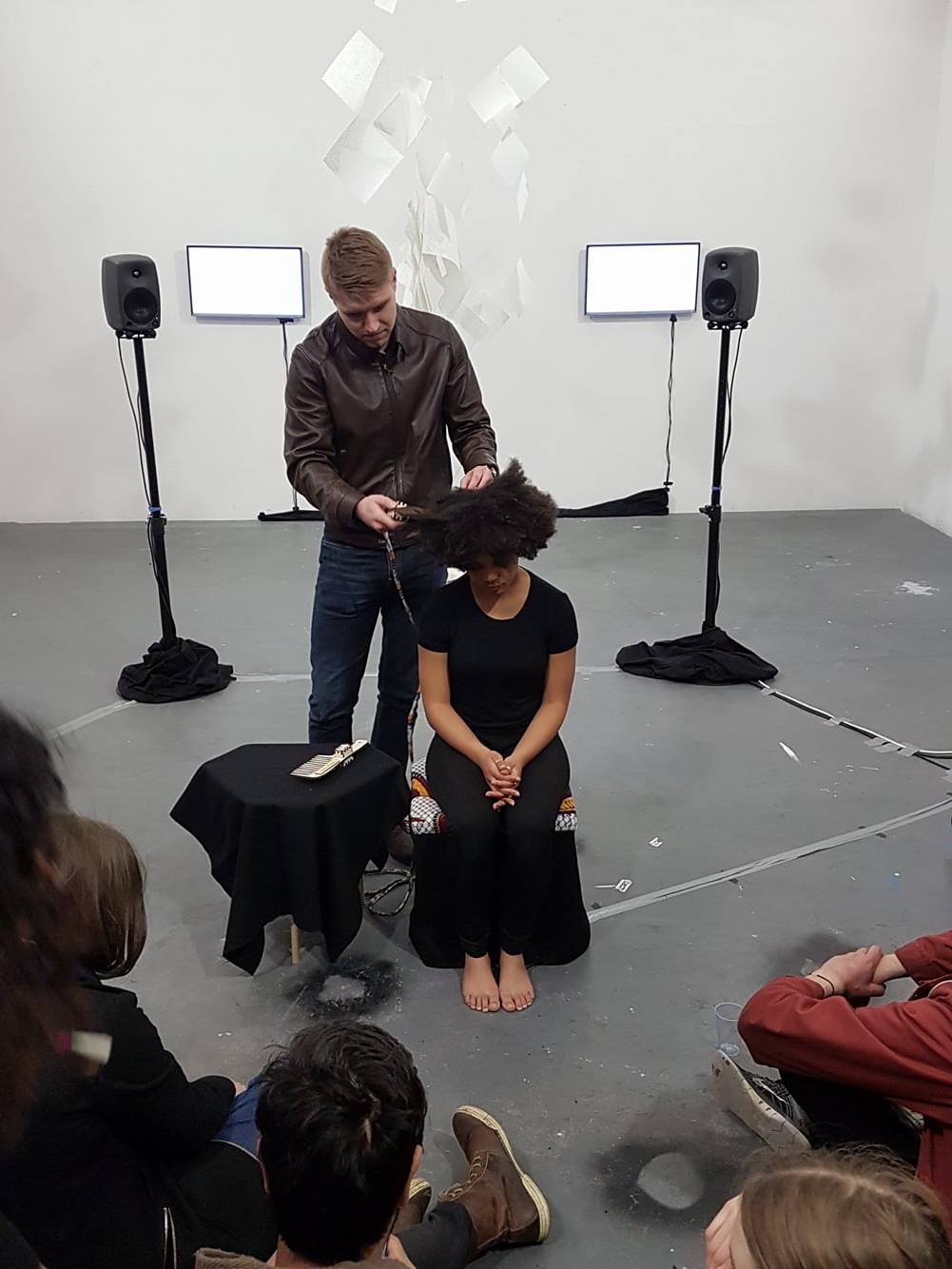

On another note, I wanted to give people the ability to touch my hair and fulfill their tactile fascination but at the same time become a little more knowledgeable about how it feels and how it’s not just as simple as running a comb through it. It takes a lot of knowledge and effort to be able to do anything with afro kinky curly hair. I want them to be standing their fulfilling those tactile curiosities and then just listen to the words or sentence that jump out of the speakers as a result of their actions and put those correlations together, at least ever so slightly. There is so much depth to black hair and its politics and it goes beyond a surface level of hair and vanity. That being said I also took into consideration that the people interacting may be focusing solely on the actions that they may find it hard to hear the effects of their movements and the audio. This is one of the reasons why I thought it was important to keep switching the people interacting, by doing so they have the ability to absorb the work without the added pressure of interacting.
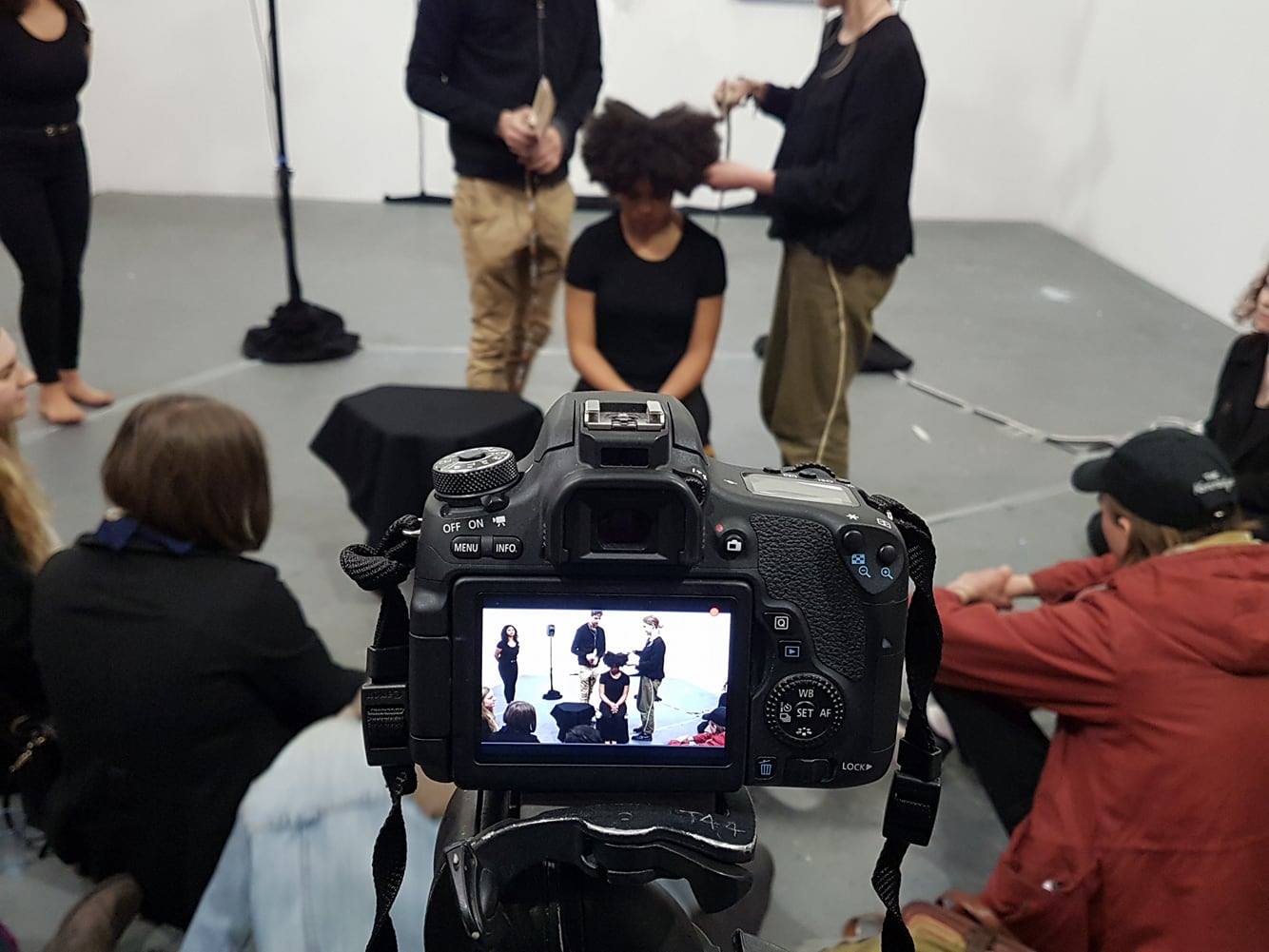

For the audience member sitting watching myself and the interactions, I wanted to communicate how my image and the audio was being manipulated and controlled by the audience members interacting and show that has that same connection with the relationship between the media and public and how they affect women of colour. I wanted to communicate how the public and the media actively distort women of colour’s views and values of themselves. As mentioned above this aspect of the performance I believe was best seen from the spectator’s point of view as opposed to a participant’s. As a spectator, they could see more clearly how my image and the audio around was being manipulated but the different participants. I further tried to communicate this through creating a transparency through the audience picking up a comb and how that directly translated to controlling a set of audio. I tried to reiterate that throughout the performance and give each audio the chance to be heard better by switching the different participants on stages, allowing that manipulation to become a bit more transparent.
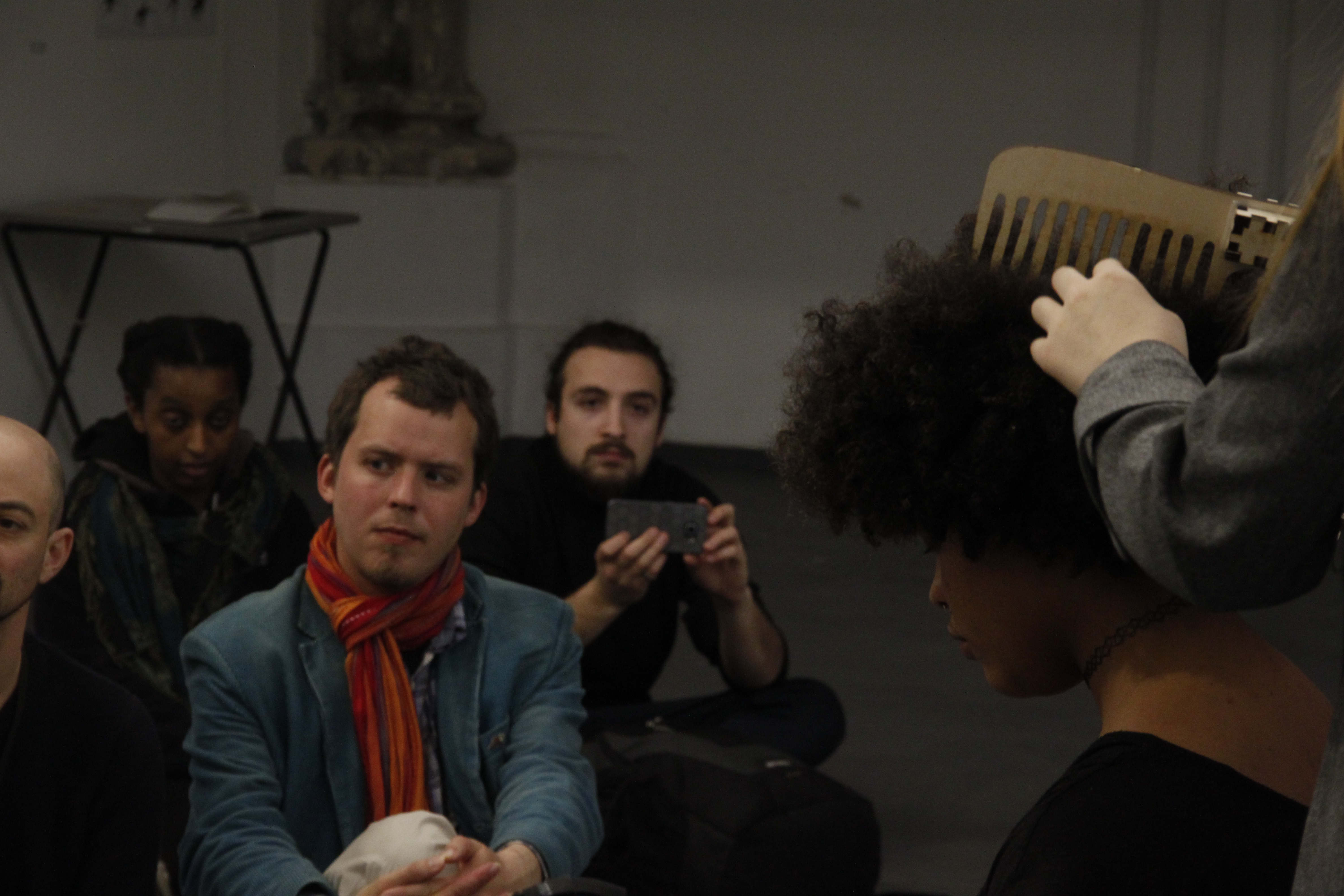

Technical Research
Audio
For the audio component of my work, I used Mick Grierson Maximillian for C++ for the interview I conducted and put them through granular synthesis.
Maxim was a great library for me to use because it allowed me to control many of my audio needs using the built in sections including the maxiTimePitchStretch. It seemed like a good option for developing the audio side of the project and made programming with audio a lot easier to grasp.
Within Maximillian, there is a class called maxiTimePitchStrech. This allowed me to use granular synthesis to process my audio samples. Granular synthesis is a method which takes audio samples and breaks them down into tiny sections which are known as the grains, the grains are then put together and manipulated to form other types of sounds. Given the audio outcome that I wanted to achieve for the performance granular synthesis seemed like the right approach for processing the audio samples. It allowed me to give audience members the ability to manipulate the audio samples which is an effect that I wanted to produce for the performance. I did manage more or less to achieve the type of sounds I was looking for however through experimenting with the granular synthesis and the types of vocal samples I was using I learned that granular synthesis as a method can be difficult when using vocal samples. Especially because extreme distortion is not the type of audio I wanted in the performance. There needed to be some clarity of speech that happening as the audio played. That being said I was able to interpolate between the different granular settings to get a variety of distortion and clarity for the performances.
Controls
For communicating with the Arduino and openframeworks I decided to use Standard firmata instead of just communicating over serial. Standard firmata library allows the Arduino microcontroller to communicate with the computer using firmata protocol. This helped me to be able to program the Arduino directly from openframeworks while running the standard firmata library on the microcontroller. This method worked seamlessly for my purposes.
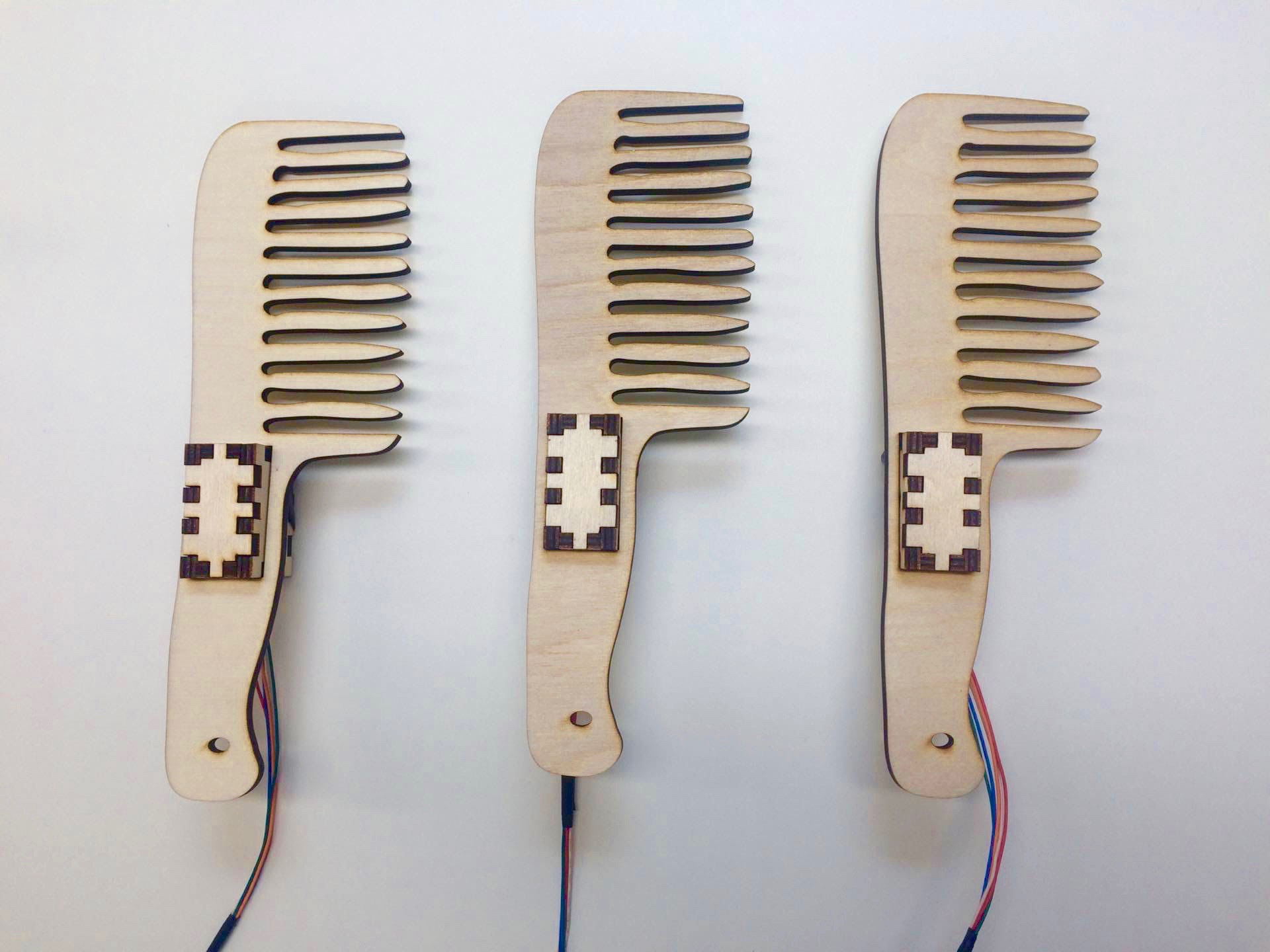

In order to translate the accelerometer movement to the audio transitions, I looked into using Wekinator by Rebecca Fiebrink to train each comb and integration the accelerometer movements with the change in the audio. As Wekinator says on their website “The Wekinator allows users to build new interactive systems by demonstrating human actions and computer responses, instead of writing programming code.” That’s exactly what I wanted to achieve with the interaction with the combs and how that translate to the audio that the computer was generating. However, to implement Wekinator I would also need to communicate over OSC messages because I already was running Arduino and openframeworks I wanted to try and combine the audio and movement without having to add to many other complicated components. It was suggested that I look into RapidLibs which does the same thing. However, I could program that natively in openframeworks. By following the example library it was straight forward enough to merge my existing code that used Arduino and Maximillian to operate with the RapidLibs. This allowed me to position the combs according to brushing motions and create training examples, allowing me to correlate the audio to fit a certain position. The audio then interpolated between the set states. With some help and lots of stack overflow, I managed to save the training sets into a file and load the information from that file back into openframeworks.
Sensors
For the performance I had planned to use multiple sensors, predominantly bio sensors to control the audio for the performance. I attempted to work with Galvanic Skin Response (GSR) sensors and collect the data based on my stress levels in the performance. The circuit works through the conductivity of the skin. Through sweat secretions, you change the conductivity of the skin in your hands and feet. Emotional changes have an effect on that sweat secretion making your conductivity more or less. With the galvanic skin response sensor, I was trying to take that skin conductivity and transfer that into data. That data would then be used for the control of the audio. Yet, the data that was being collected was not accurate enough for my needs. The rise in the data was quick and constant however the fall in the values was small to nothing.
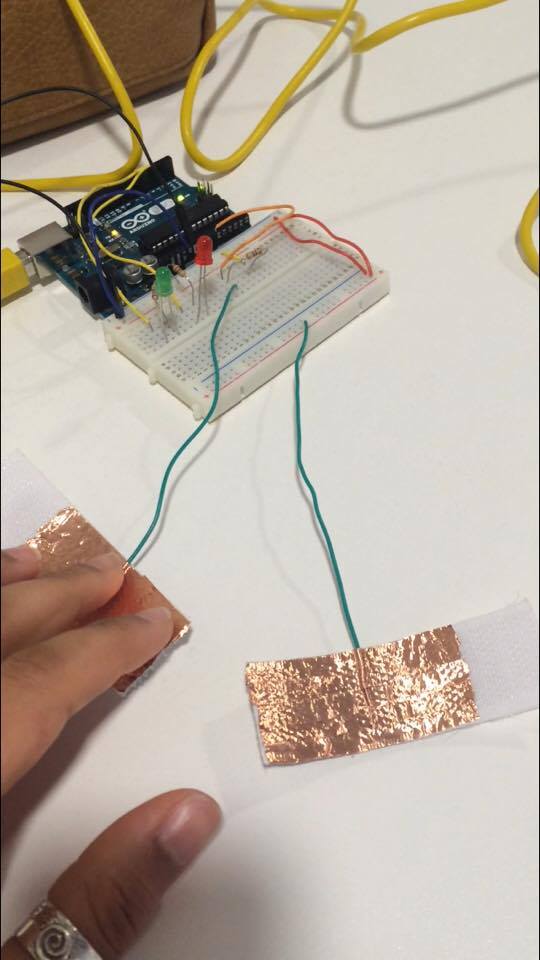

Another bio sensor that I tried to work with was a heart rate sensor. There are multiple ways that creating sensors to detect a pulse. Due to the interactive and performance element of the work and the lack of accuracy of the GSR I wanted to make sure that the heart rate sensors I was using were robust enough for my purposes. I started working with the pulse sensor, which is a small sensor that uses a combination of infrared, lED’s and op amps to detect a pulse. the pulse sensor is essentially a plug and play one with the for mentioned components packed away on a coin size circuit board. However, even with the simplicity of this already constructed sensor the data readings were slim to nothing. According to the data, I had no heart rate. That bio sensor wasn’t working so by using the similar components the pulse sensor company used I decided to construct my own pulse sensor circuit of a larger scale and the only other difference being instead of the infrared and LED I used an infrared emitter and detector. Yet the data was still barely accurate. Even with smoothing out the noise using a one pole filter the readings just didn’t seem precise enough.
As a last resort for getting a heart rate sensor working, I tried creating a circuit based around using a piezoelectric to detect the vibrations of each heartbeat. Yet again the data was not accurate or appropriate for what I needed. I decided that bio sensors might not be the way to go with this performance.
For the performance, I ended up using accelerometer sensors running from the Arduino to be able to track the movement data from each comb. The first accelerometer I began to use communicated over I2C which would have been fine if I was programming it with the actual Arduino IDE and could use the Arduino native I2C library. However, because I was programming the Arduino and accelerometer sensor through openframeworks itself communicating over I2C was turning out to be a difficult task using the standard firmata. Luckily I was able to get three analog accelerometer which made programming them over standard firmata and openframeworks rather simple. Those were the sensors I decided to stick with for the performance.
Story of the planning
This project can be broken down into four separate sections. The sensor components, the audio programming components, the interviews and the performance as a whole. In order to make sure that each part was given the time it needed, I had to make sure that I planned my time out properly. I started by developing the sensors and the audio programming together. I wanted to make sure that the groundwork for the performance was given the most time because it was the section that was the most challenging and time-consuming. It was good that I started with the sensors so early on in the process because ordering parts and experimenting with the different sensors took almost up until the exhibition too perfect. However, the cost of experimenting with the different sensors and components could have been brought down with even more thought through planning. For the time being while experimenting with the granular synthesis, I was using a tester audio sample. During the time I was working on the programming and the sensors I was simultaneously gathering a list of people to interview. Once I had developed the granular synthesis side a bit more I began to conduct some of the interviews. The interviews were each up to 20 minutes long after one was conducted I would clean them up and start using them in the granular synthesis. I hadn’t decided on a maximum number of interviews, I tried to conduct as many as I could while leaving an appropriate amount of time to process them and use them. In the end, I conducted seven interviews. Originally I was using each interview in their entirety however as I was listening and manipulating them using granular synthesis I realized that it wasn’t quite what I was looking for. I decide to go through each interview individually and segment it into three different sections, positive accounts, negative accounts and accounts about representation or lack thereof. I then combined all of the segments that fell under those sections into new audio files. By doing so I created more of the effect I was looking for with the audio. However, this was a tedious task and set me back slightly in my planning but it was worth it for the acoustic outcome. When I had finalized my decision for the sensors, I started to think about the aesthetics of them and how to combine them with the combs I debated whether to make combs or buy more of the ones I use in my hair. I decided to try and make some but with a condition because I had never used the laser cutter before and my Adobe illustrator skills are next to nothing I wanted to make sure that I didn’t waste too much time working on them. So I gave myself a day to complete them. If it couldn’t be done in that time I would think of plan B. Luckily I got the hang of things fairly quickly and it took me just under a day which involved different trial and errors with comb sizes and sensor casing sizes. Once all of that was decided I could no finalize and solder all the comb components. My next step was to implement the machine learning for the combs and audio. This seemed like a great solution for my performance. Once that was set up I began to incorporate all the different elements together. However, because I didn’t have a proper 8 channel set up I couldn’t see it all in its entirety. I perfected it as much as I could with the limitations that I had. As the exhibition drew closer I began to implement a temporary 8 channels interface so that the practice performances could start. With the week leading up to the exhibition, the performance usher and I had numerous conversations about the setup and details of the performance so that during the exhibition set up days the practices could start immediately without wasting time on those discussions. I was worried that the 3 days leading to the show would not be enough time to practice and make any last minute changes but thankfully the setup days went according to plan.
Aesthetic choices
The combs that I used for the performance were modeled off of the combs that I actually use in my hair, however, the reason I decided to make combs instead of using real combs is because I wanted to add to the polished effect of the performance. The combs needed to be combined with my circuit board for the sensors and I wanted to avoid a tacky look of either gluing or taping them together. Having manufactured the combs also allowed me the ability to add a communicative element to the combs
I wanted to add a very basic instruction on each comb to add just a little guidance to the audience when they were chosen to interact. I had brainstormed numerous ways to add that communication whether it be through a photo that they had to copy or my usher giving them actioned instructions. That being said I knew as part of the piece I didn’t want to give the participants too much guidance on what they need to be doing and how to properly do it. During our practice performances and testing out different methods I decided to go with the brief written instruction on the comb because I think it allowed for a nice balance between guidance but still allowing for that confusion without overcomplicating the performance as a whole.
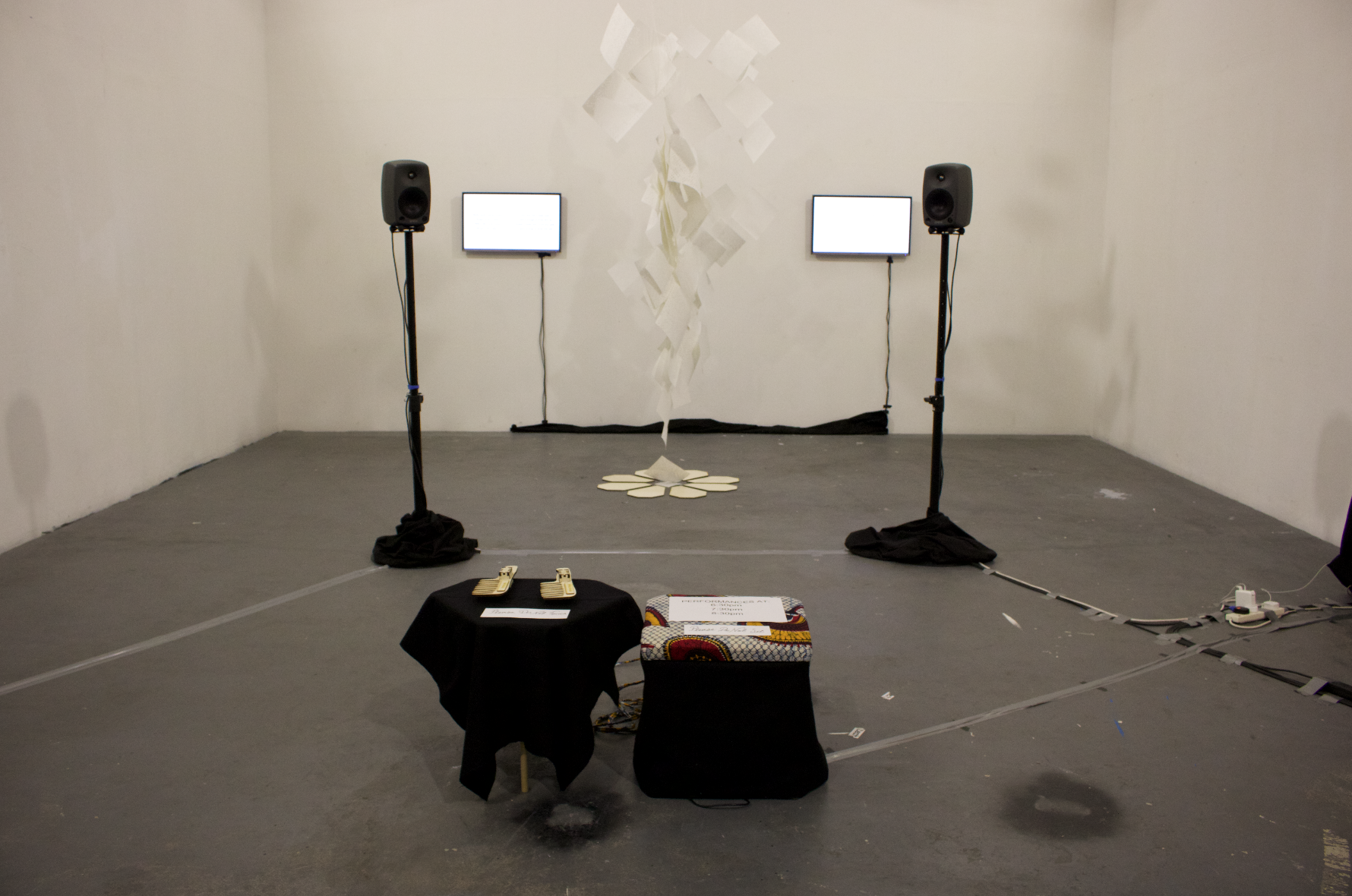

Something I thought about quite carefully for this piece was that fact that the performance was at scheduled times of around 10 minutes each which meant that for the majority of the exhibition there was nothing happening in my exhibition space. I set up the ‘stage’ area of my performance as a placeholder for the actual performance. A way for people to form an idea about what the performance might be about by looking at the few object that I had. The African fabric acting as fancy shrink wrap around the wires of the comb were not there for necessarily the performance element beside the obvious of keeping my wires neat but I chose more to do that to aid to the aesthetic of the work when there was nothing happening in the performance space and people would be just inquisitively looking at the performance set up.
The ottoman was chosen for multiple reasons. The first because it is the very same ottoman that I sit on every day to do my own hair it is a part of my routine of having my hair done. I also chose to use the ottoman because of the aesthetic value it gave to the performance space especially when nothing was happening. Finally, I chose to us it because of it storage space underneath the lid of the seat and between the legs as that allowed me to discretely hide all the components which were needed to run the combs. Because of the performative element of the work and the constant movement of people during the performance I was constantly thinking of how I could aesthetically and effectively hide the unsightly technical components for clean performance space. I think the ottoman acted as the perfect multipurpose solution.
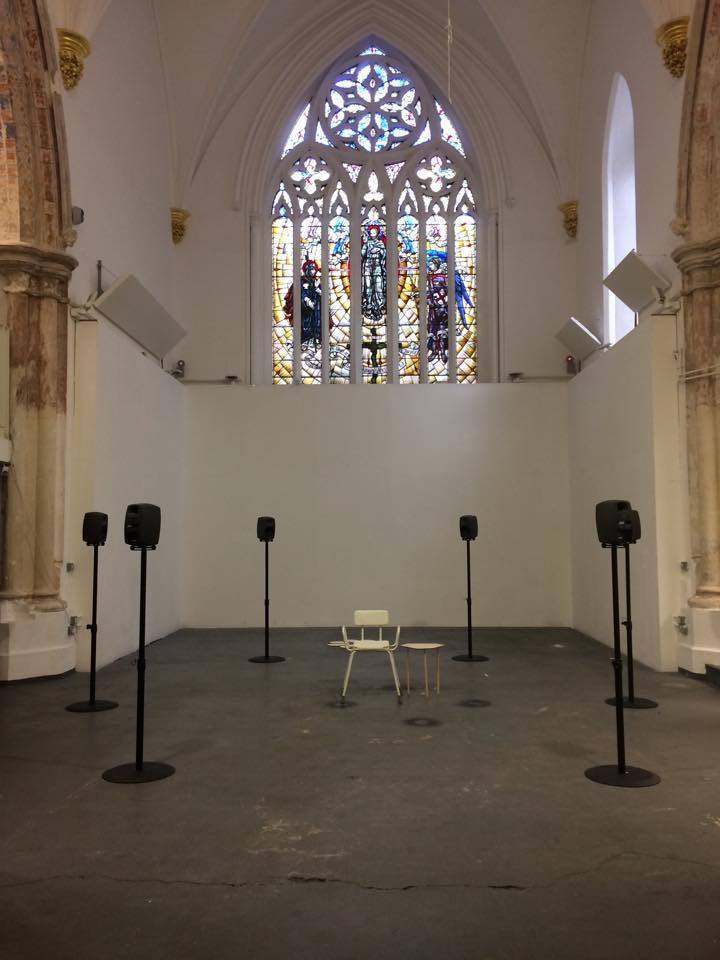

From the beginning when I envisioned this performance one thing that I was always very sure about was the positioning of the speakers. I chose to have them positioned in that way because it really lent itself to demarcating the performance space.
My choice to have an usher developed from the nature of the work being interactive. The way the performance was structured and the topic of the work I needed a way to give the audience members a friendly nudge into interacting yet still keeping control of the whole performance. By having an usher, I had the ability to compose the performance while also giving myself as the performer some protection from how those interactions may transpire. The use of an usher also allowed me to make sure that what I was trying to communicate with this performance still happened whether people were readily willing to interact or a bit reluctant.
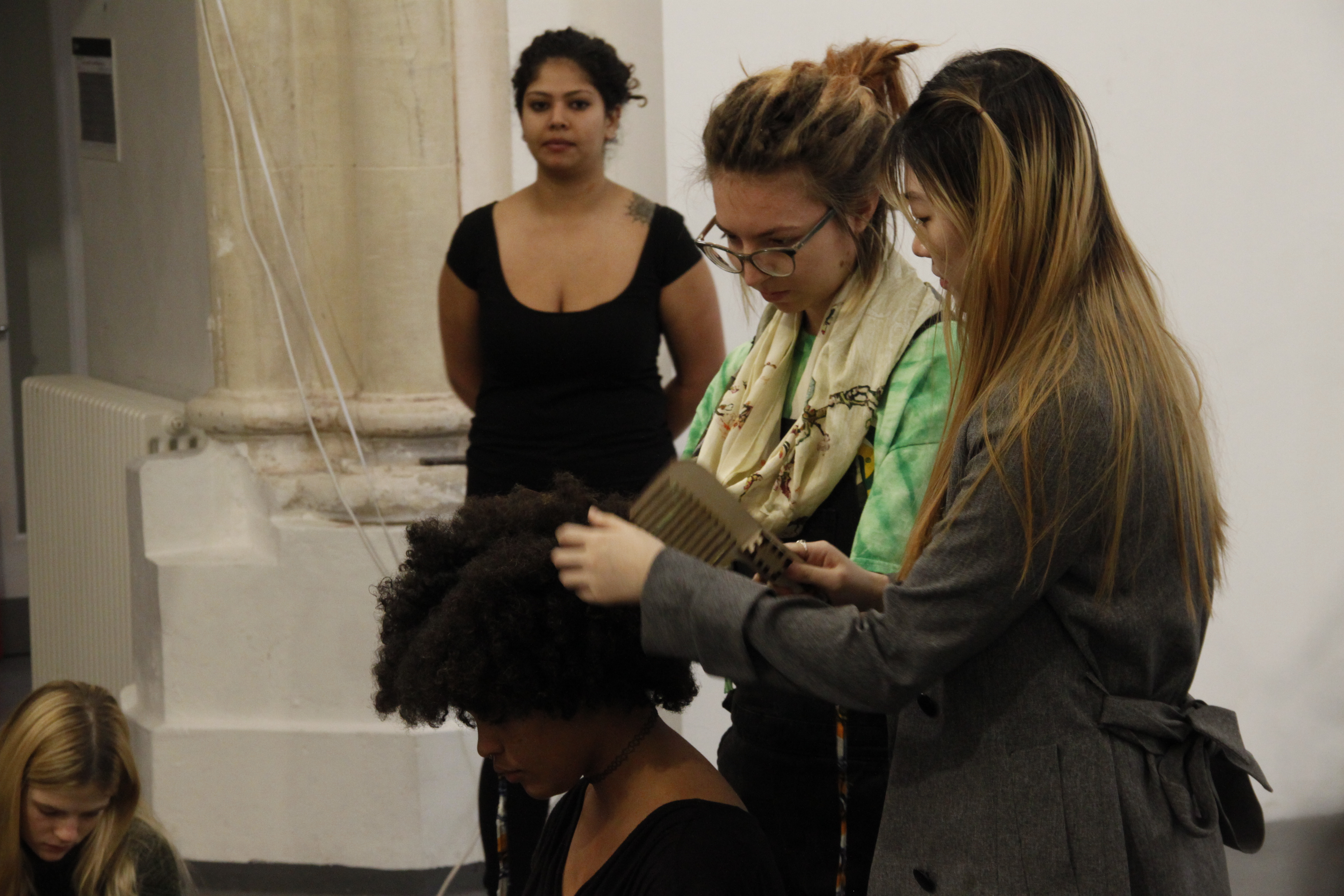

Iterations
As I discussed before in technical research I had many issues with the sensors I was trying to use. Originally I had planned to use only bio sensors, however the more I worked with them I realized that they weren’t a viable option for my performance. My second choice was to use different sensors like accelerometers and flex sensors, pressure sensors etc. but, I ran into another problem with the communication with my accelerometer. Thankfully it was simple enough to fix yet due to constant problems with the different sensors I was running out of time to perfect more sensors and their aesthetic placements as a result I decided to simplify the process for time management purposed and just work with multiple accelerometers. I already had them working quite well within the set up so it was the best solution. The idea was to have three combs each equipped with their own accelerometer and Arduino. Each Comb would be designated its own audio file to control. Because I was programming them all individually and listening to them individually it was hard to hear how all of the combs, their interactions and the audio worked together. I had to work around not being able to use the performance set up and the multiple speakers. To do so I used an 8 channel audio interface which allowed me to control what played from each speaker. As a result, I could hear the combination of the 3 combs working together, because the nature of the audio is very vocally dominated the combination of the sounds became too chaotic. I needed to find a solution to making them a bit more harmonious. As I was working on doing so one of the sensors packed up. I tried to trouble shoot the issue to see if the sensor was salvageable but unfortunately it was not. With not very long left I didn’t have much time to order another sensor redo all the circuity and try and get them all harmonic. The use of two sounds meshed together a lot better so I decided to only work with two sensors for the performance. The work wasn’t about the sensors themselves or how many there were so I felt okay with that decision. It also worked better acoustically and visually. In the end having a spare comb worked quite well because it allowed me to test all the finalizations before committing to the real combs.
On the day of the exhibition I did have a slight problem with noise levels in the gallery space and the ability to clearly hear the audio being played. This was something that we tried to trouble shoot on the day by having audience members come further into the performance space so that they were within the directionality of the speakers. With each performance on the day of the exhibition I think the performance got better as I was able to tweak minor details. In my opinion the final performance all the different elements were just right.
Evaluation
My project conceptually ended up exactly as I expected, however the journey to getting their and the final visualization of the performance had some changes along the way. The way I had originally imagined the use of the sensors was predominantly bio sensors which triggered the audio according to my bodily reactions such as stress or heart rate. I intended the sensors to primarily be put on myself as the subject, to emphasis the focus on myself as a woman of colour and how black women are so often put under a scrutinizing lens, my look always dictated by the society around me. Instead my sensors ended up being external sensors controlled by the audience nonetheless I believe that with the way the performance ended up and the use of sensors I still managed to communicate the messages I intended. Another element that I noticed during the process was that I would have liked to have broadened my interview list. The majority of the women that I interviewed wore their hair in its natural state. To be able to get to that stage is a personal journey of its own, ultimately a lot of black women end up being a lot more self-accepting afterwards, however that is not the same emotional or mental mindset that women who chemically straighten their hair may feel. I also would have like to have looked at different age group. All of this would add to a richer source of audio.
Throughout the process I was nervous about how the audience would respond, my topic it is one that can be quite personal and or uncomfortable for some people. It is a performance when taken at surface level the topic can seem overdone, for example works around you can or can’t touch my hair. I wanted people to look past that discourse and look deeper at the root issue I was trying to portray. I am very happy that the majority of the people that I spoke to after the performances rarely responded on the superficial level I was trying to avoid, most responded in many of the ways I had intended for them to.
I learnt so much throughout this project. When I started I developed this concept from my own personal experiences and the knowledge I had for growing up and seeing similar issues with my friends or siblings. However, through the interviews I conducted with different women around this topic I realized just how important it really is and how much of a global societal issues this topic is and unfortunately how often it is left neglected or unaddressed.
I also learned that it is good to think about the performance as a whole throughout the entire creative process that way you make sure that each component place has been thought through within the performance. I learnt how important it is to make sure you have enough time practice the performance with all of the elements and make sure that all of the elements work in the performance because that makes such a difference to the finished look of the final performance.
Overall I am very pleased with the work that I achieved this term. It was a very personal piece that I often debated whether to explore within the territory of digital arts. Nevertheless, I think the performance transpired into being a really worthwhile piece, doing justice to the digital elements, the concept and the overall work as a whole. The feedback and reactions from the audience were beyond rewarding.
References
Code:
Grierson, Mick (2011) Maximilian, source code [library][example code].
McConnell, Jordan,(2014) SparkFun Electronics, source code [example code] Available at: https://github.com/sparkfun/ADXL377_Breakout
Jeff Hoefs: January (2016), Standard firmata, source code [example code] Available in Arduino IDE.
Goldsmiths digital, Rapidlib, source code [library] [example code] Available at: http://gitlab.doc.gold.ac.uk/rapid-mix/RapidLib/tree/master/examples/ofx/rapidAPI006
Openframeworks, ofxGui, [library]
Yoha, Art collective. (2017). Bio-sensory Device - Rebooting Computing. [online] Reboot.yoha.co.uk. Available at: http://reboot.yoha.co.uk/index.php?title=Bio-sensory_Device
Fiebrink, R. (2009). Wekinator | Software for real-time, interactive machine learning. [online] Wekinator.org. Available at: http://www.wekinator.org
Forum posts:
http://stackoverflow.com/questions/16446665/c-read-from-csv-file
http://stackoverflow.com/questions/236129/split-a-string-in-c/236803#236803
http://stackoverflow.com/questions/7868936/read-file-line-by-line
http://stackoverflow.com/questions/236129/split-a-string-in-c
http://stackoverflow.com/questions/25201131/writing-csv-files-from-c
Research:
Adichie, Chimamanda Ngozi. Americanah. 1st ed. [S.l.]: Knopf Doubleday Publishing Group, 2013. Print.
Byrant, Susan. The Beauty Ideal: The Effects of European Standards of Beauty on Black Women, Columbia Social Work Review, Volume IV, 2013
Byrd, Ayana D and Lori L Tharps. Hair Story. 1st ed. New York: St. Martin's Press, 2001. Print.
Clark, K., & Clark, M. (1947). Racial identification and prefer ence in Negro children. In T. M. Newcomb and E. L. Hartley (Eds.), Readings in Social Psychology. New York, NY: Henry Holt.
Hill Collins, Patricia. Black Feminist Thought. 1st ed. New York: Routledge, 2000. Print.
Hooks, Bell. Ain't I A Woman. 1st ed. Boston, MA: South End Press, 1981. Print.
Patton, Tracey Owens. "Hey Girl, Am I More Than My Hair?: African American Women And Their Struggles With Beauty, Body Image, And Hair". NWSA Journal 18.2 (2006): 24-51. Web.
Sekayi, D. (2003). Aesthetic Resistance to Commercial Influences: The Impact of the Eurocentric Beauty Standard on Black College Women. The Journal of Negro Education, 72(4), p.467.
Thompson, Cheryl. "Black Women And Identity: What's Hair Got To Do With It?". Hdl.handle.net. N.p., 2009. Web. 9 Dec. 2016.
Thompson, Cheryl. "Black Women, Beauty, And Hair As A Matter Ofbeing". Women's Studies 38.8 (2009): 831-856. Web.


